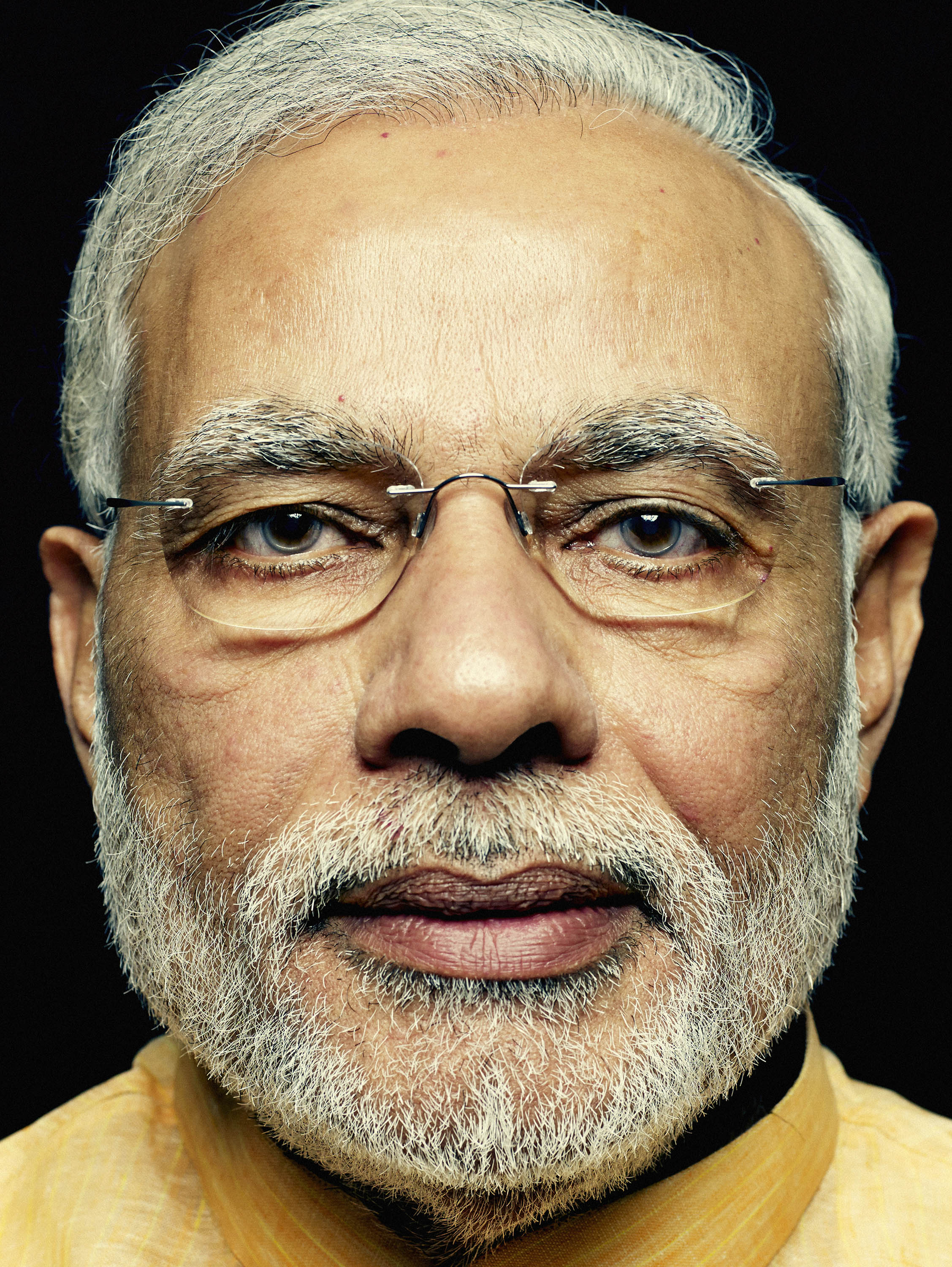
The list of individuals who have sold out New York City’s Madison Square Garden is for the most part a collection of familiar names. Elton John. Billy Joel. Jay Z. And, of course, Indian Prime Minister Narendra Modi.
That’s right. Once barred from the U.S., a triumphant Modi worked the capacity crowd of mostly Indian Americans in the Manhattan arena last September with visions of a stronger India, its place restored in the top tier of world powers after years of economic disappointment. Months on from winning the biggest majority in three decades in national elections last May, he projected optimism and hope in an hour-long speech that was regularly interrupted by chants of “Modi! Modi! Modi!” giving his star turn on the New York stage the feel of a frenetic campaign rally.
But at the end of a rare two-hour interview with TIME at his residence in New Delhi in which he calls the U.S. and India “natural allies,” defends the pace of his reform drive and rebuffs criticism of his government’s attitude toward India’s religious minorities, the public man gets surprisingly personal. Asked who it was who influenced him most on his long journey to power, he pauses, and the seconds tick by. “I was born in a very poor family,” he says. “I used to sell tea in a railway coach as a child. My mother used to wash utensils and do lowly household work in the houses of others to earn a livelihood.” Modi’s eyes fill as he recalls his childhood in a small town in the western Indian state of Gujarat, as far away as possible from Madison Square Garden. “My entire childhood was steeped in poverty,” he says, wiping his eyes. “For me, poverty, in a way, was the first inspiration of my life, a commitment to do something for the poor.”
(Read TIME’s exclusive interview with Narendra Modi)
It’s a commitment, Modi says, that drives him now, as he pursues an agenda that he sums up with one of his campaign slogans: “Sabka saath, sabka vikas,” or “Together with all, progress for all.” That message, along with other hopeful slogans promising the return of the “good days” for India, catapulted Modi from the chief minister’s chair in Gujarat to the Indian Prime Minister’s office last May, giving him power over the lives of some 1.25 billion people—more than a sixth of the world’s population. No other democratic leader has a wider sway.
As he nears his one-year anniversary in office on May 26, 2015, Modi has established himself as nothing less than a global political star. He reputedly sleeps just three hours a night, begins his days with yoga and has used his office to promote the Indian discipline, even naming a minister of yoga. On Twitter, the 64-year-old is the second most followed political leader, after President Barack Obama, and likes to tweet directly at other world leaders—when he’s not cheering India’s cricket team on the social-media service. Modi has visited 16 countries in 11 months—a figure that, with an upcoming trip to China, South Korea and Mongolia, will rise to 19 by his first anniversary. On the global stage, “he’s shown himself to be very sure-footed, very energetic,” says Nicholas Burns, a former U.S. Under Secretary of State now based at Harvard University’s Kennedy School of Government.
Yet it’s what he promised to do at home that helped bring him to office last year. Roughly half of Indians are under 25 years old, young people who through their teens were sold visions of an India shining, a long-sleeping economic giant that was finally stirring awake just as they were coming of age. Economic reforms in the early 1990s set the country on a path of strong growth, which averaged about 7.5% from 2001 to the end of that decade.
But by the run-up to last year’s election, the Indian giant was stumbling again. Growth had fallen, before recent revisions to data, to about 5%—a dream figure for a developed country but still far too low to generate enough jobs for the over 10 million Indians entering the workforce every year. After a decade in office, then Prime Minister Manmohan Singh was viewed as little more than a puppet, beholden to the ruling Congress Party’s president, Sonia Gandhi, and biding time until Gandhi’s son Rahul was ready to take the reins. The dynastic Congress Party seemed spent. “At the time of the election last year, there was a sense that the outgoing government had run out of energy, run out of imagination and was just going through the motions,” says Robert Hathaway, a fellow and former director of the Asia Program at the Wilson Center in Washington.
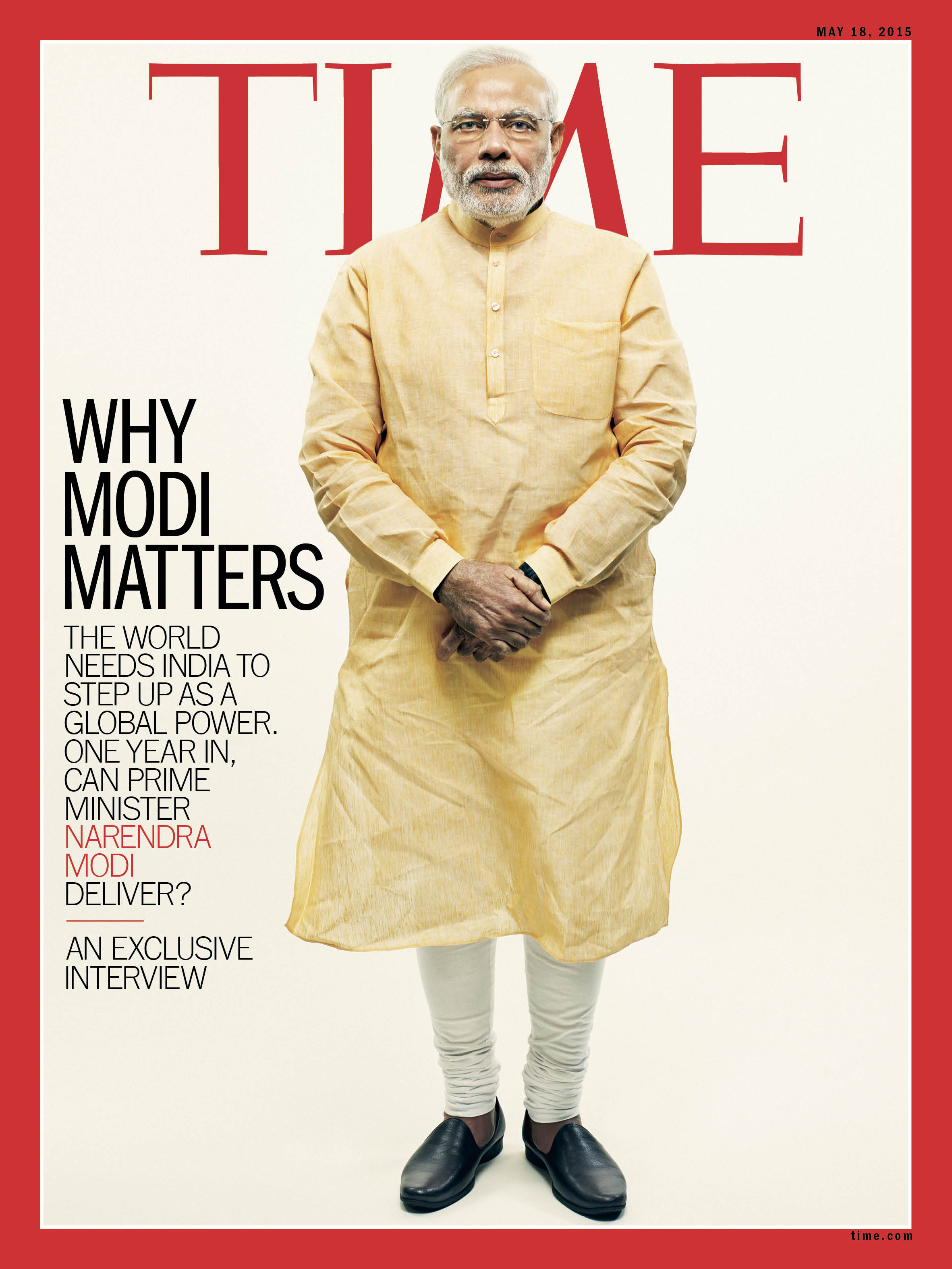
Dark Horse
And then came Modi, a controversial provincial leader from the Hindu nationalist Bharatiya Janata Party (BJP). A vigorous campaigner, he crisscrossed the country touting his economic record in Gujarat, which had grown faster than most other Indian states, developing a reputation as a business-friendly haven in a stultifying swamp of bureaucracy. Modi and his supporters held up what became known as the “Gujarat model” as a template to restart the Indian economic engine. “Although you’ve had chief ministers become Prime Ministers, it’s never been quite this way before where they’ve said, Here is a template, and I want to scale this up,” says Milan Vaishnav, an associate in the South Asia Program at the Carnegie Endowment for International Peace.
Gujarat is also the setting of the most controversial episode in Modi’s past. In 2002, after the killing of 59 Hindu pilgrims on a train, the state erupted in bloody sectarian rioting that led to the deaths of at least 1,000 people, most of them from the minority Muslim community. (Though the nation has a Hindu majority, more than 138 million Muslims live in India.) While his critics question whether he did enough to stop the violence, Modi has always denied any wrongdoing, and he has never been charged with a crime. Nonetheless, three years after the riots, he was blocked from visiting the U.S.
Modi’s election last May led the U.S. to quietly drop the visa ban. But at home in India, there was fear about the future for minorities in Modi’s India and the rise of right-wing Hindu groups linked to the BJP. In December, for example, Niranjan Jyoti, a junior government minister, provoked controversy when she asked voters at a local election campaign rally in the capital to decide whether they wanted a government “of those born of [the Hindu god] Ram or those born illegitimately.” She apologized soon after making the statement, and Modi publicly disapproved of the remarks. But Jyoti remains in government.
(PHOTOS: Behind TIME’s Cover With Narendra Modi)
On a generally positive visit to India in January, President Obama provided a nudge on the issue when, in his final public appearance in New Delhi, he said, “India will succeed so long as it is not splintered along the lines of religious faith—so long as it’s not splintered along any lines—and is unified as one nation.”
Speaking to TIME, Modi insists his government is committed to preserving the rights of his nation’s religious minorities. “Wherever an individual view might have been expressed with regard to a particular minority religion, we have immediately negated that,” he says. “So far as the government is concerned, there is only one holy book, which is the constitution of India. My government will not tolerate or accept any discrimination based on caste, creed and religion.”
Asked what he made of the President’s remarks in January, Modi says, “The diversity of India, of our civilization, is actually a thing of beauty, which is something we are extremely proud of.” It’s here that he returns to his campaign slogan and to the theme of economic development that helped him win election. “My philosophy, the philosophy of my party and the philosophy of my government is what I call ‘Sabka saath, sabka vikas’ … So, the underlying philosophy and the impulse of that particular motto is to take everybody together and move toward inclusive growth.”
Taking the Stage
Narendra Damodardas Modi was born on Sept. 17, 1950, in the small north Gujarat town of Vadnagar, making him the first Prime Minister born after India’s British colonial masters left in 1947.
For most of its history since then, India has been governed at the national level by the leaders of the Congress Party, the inheritors of India’s independence movement. Modi is different, an outsider with humble roots far removed from New Delhi’s political elite, whose father ran a tea stall to support his family.
At 17, Modi left his family for two years to travel across India. On his return, he went to the main Gujarati city of Ahmedabad, where he joined the Rashtriya Swayamsevak Sangh (RSS), a right-wing Hindu nationalist group linked to the BJP. The switch to formal party politics came in the late 1980s, when he moved to the BJP, later working for some years at the party’s headquarters in the capital. In late 2001 the party sent him to Gujarat to take over as chief minister. He remained there until he made the leap to New Delhi. During last year’s election, Modi’s modest background and vigor on the stump drew a sharp contrast with his chief opponent, the Congress Party heir Rahul Gandhi, who was the son, grandson and great-grandson of former Congress Prime Ministers. Set against Modi, the younger Gandhi looked unprepared and entitled. “Nothing seemed to be happening in government,” Modi says now. “There seemed to be complete policy paralysis.”
Modi’s campaign focused on what he had achieved in Gujarat and promised more of the same for India—better infrastructure and less red tape holding back industry. He had a decent record to run on—on Modi’s watch, Gujarat’s economy grew by an average of 10% from 2006 to 2011, though his critics note that Gujarat’s traders have always benefited from its coastal location and other trading states also performed strongly. Like a U.S. governor using success at the state level to make a run for the White House, Modi convinced Indian voters that he could do in New Delhi what he had already done in Gujarat.
See The History of US—India Relations in 12 Photos
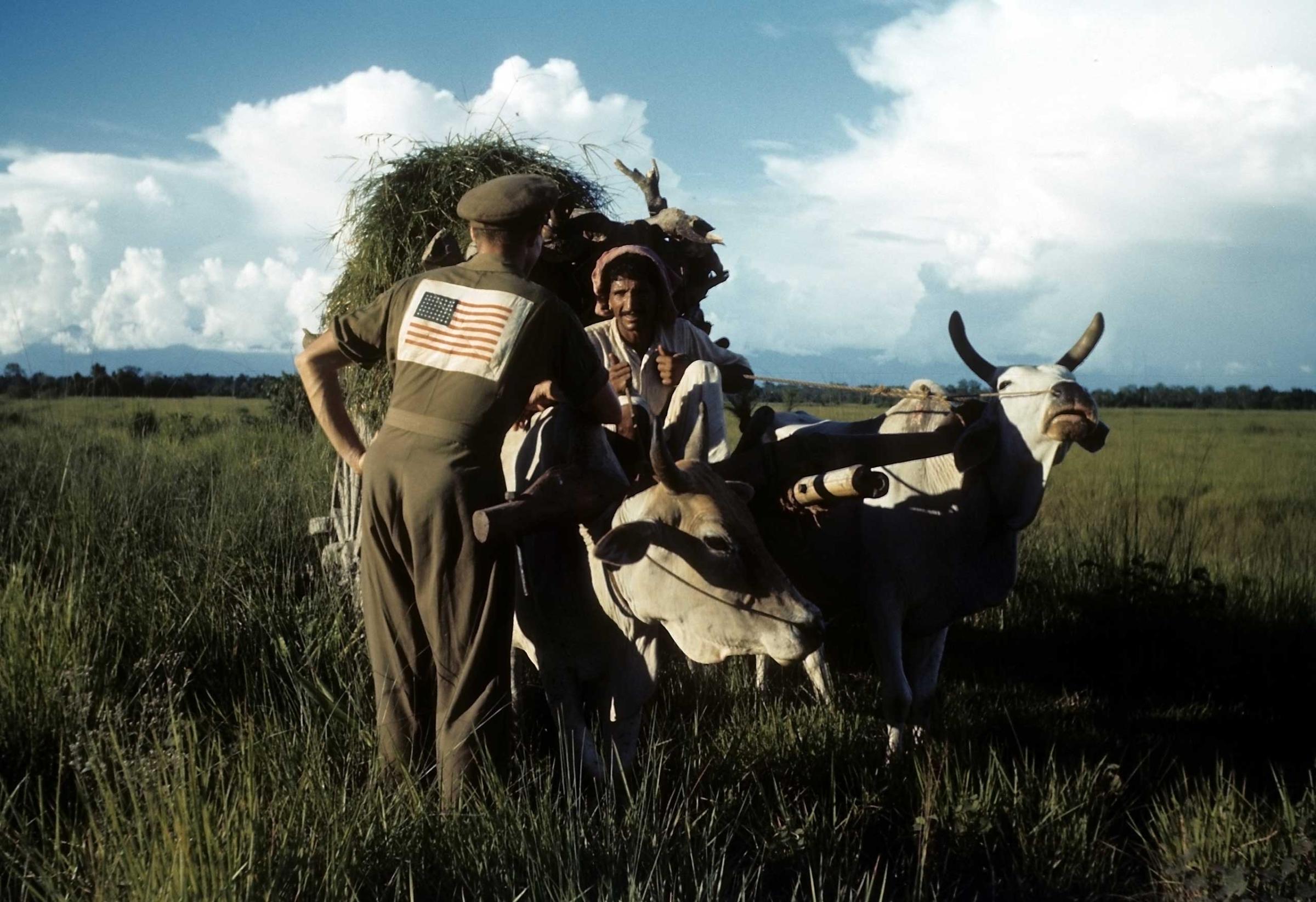
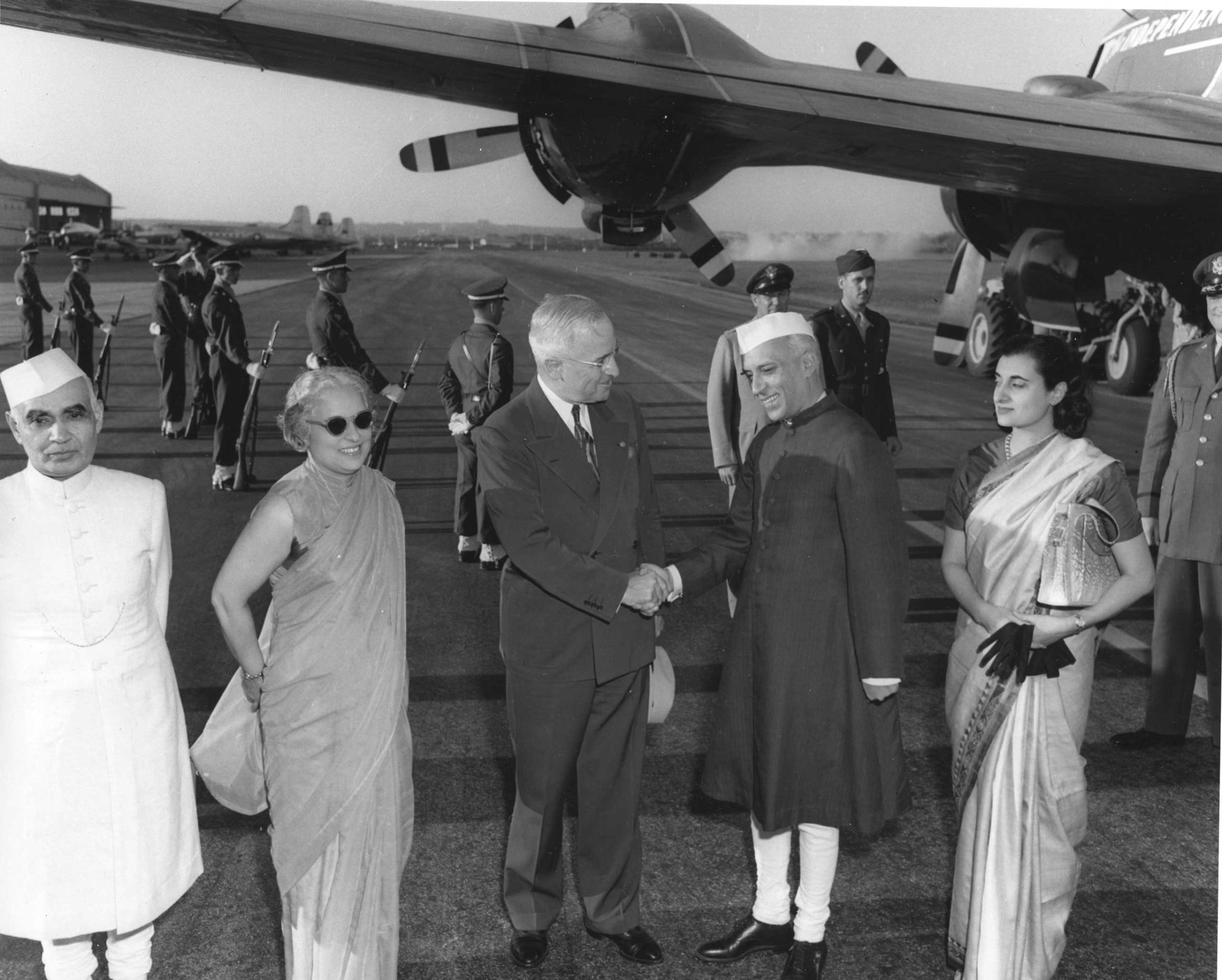
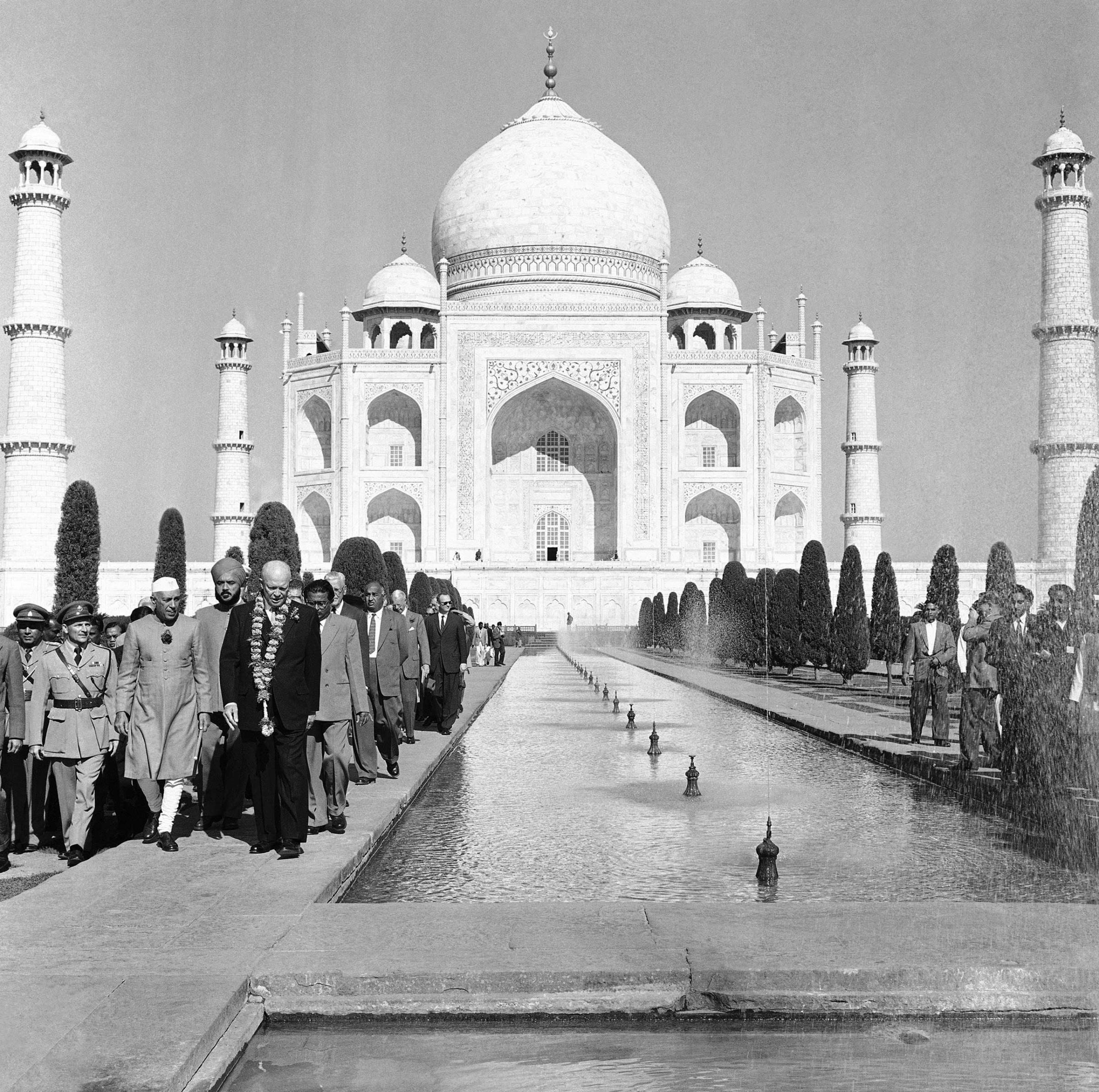
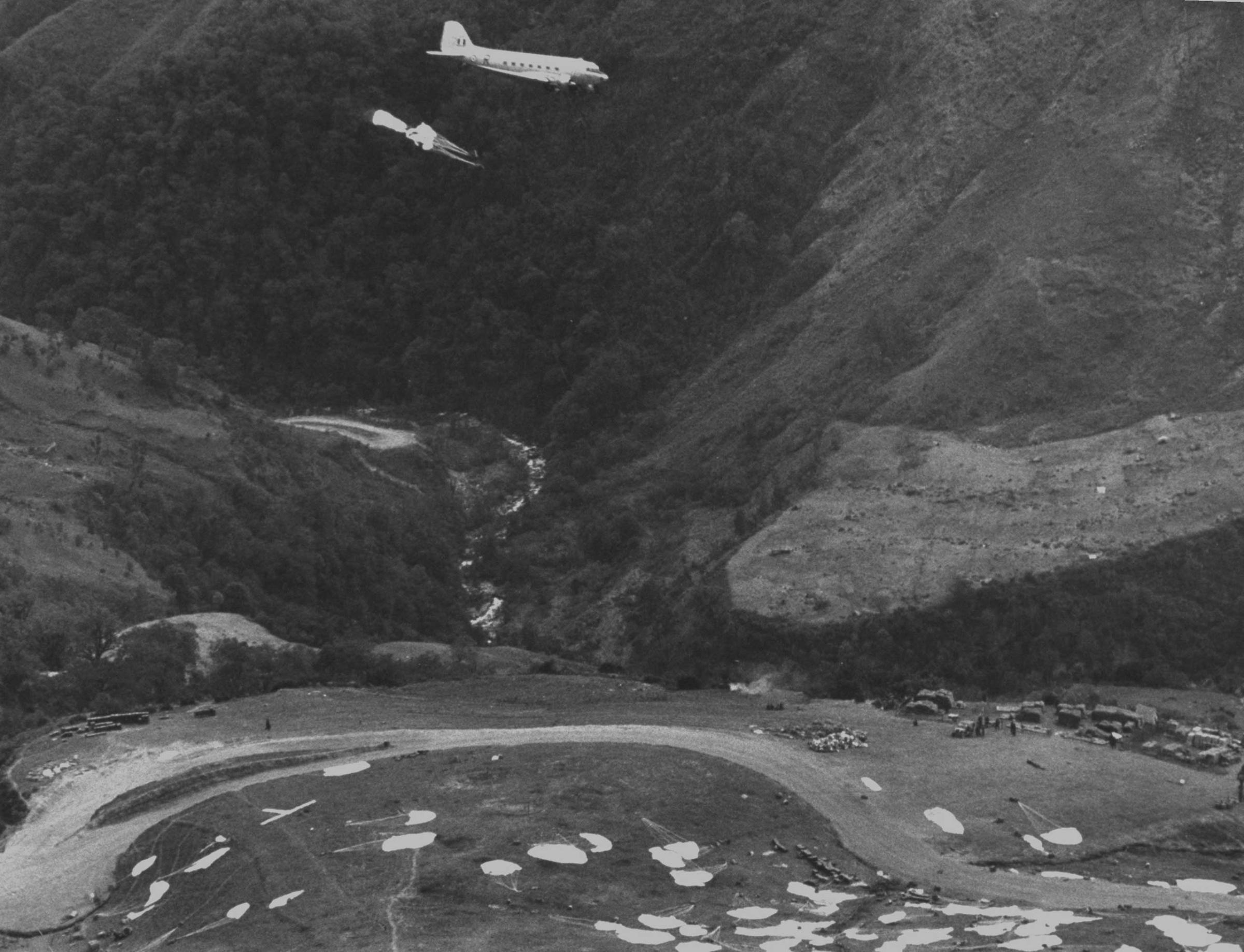
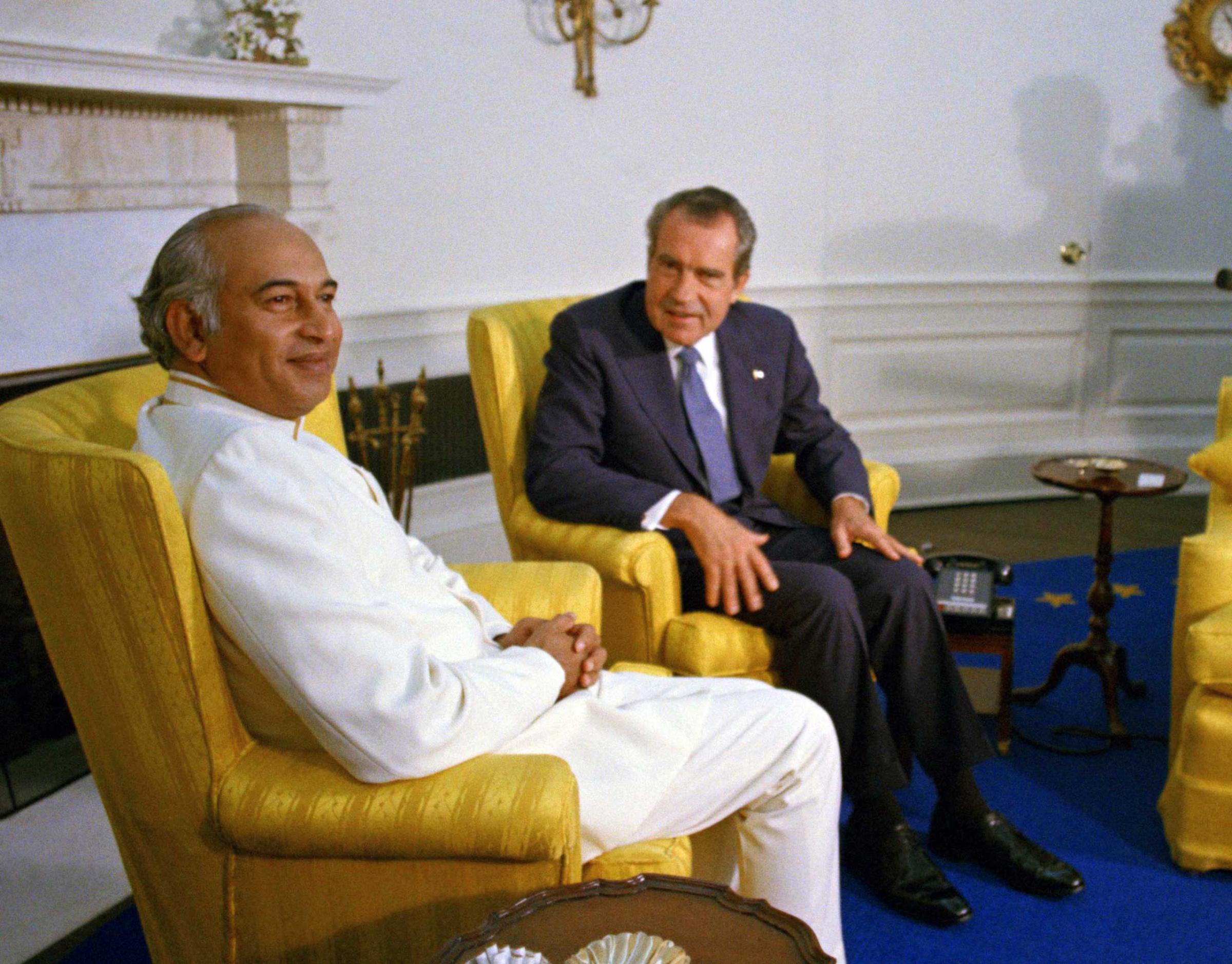
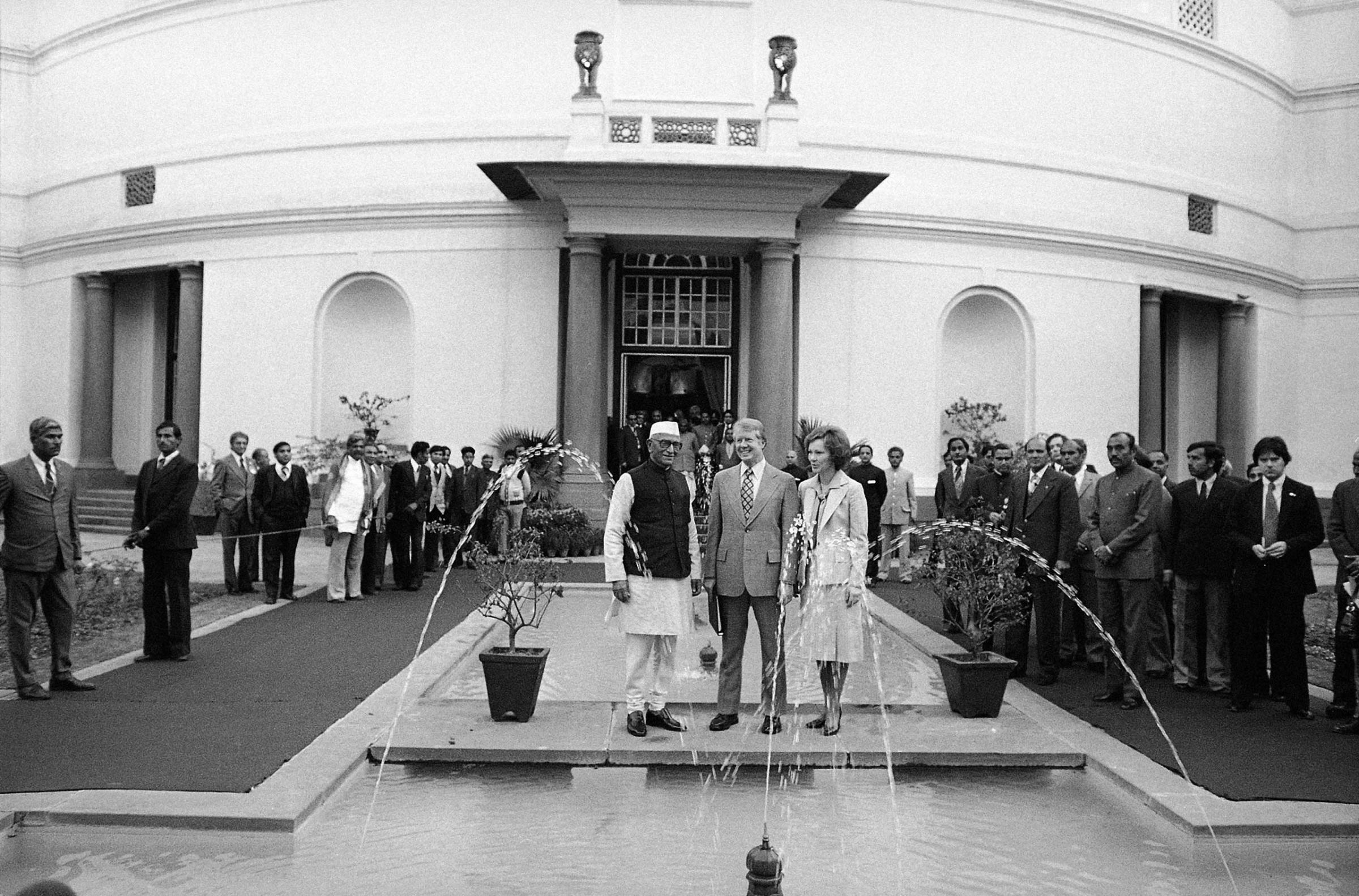
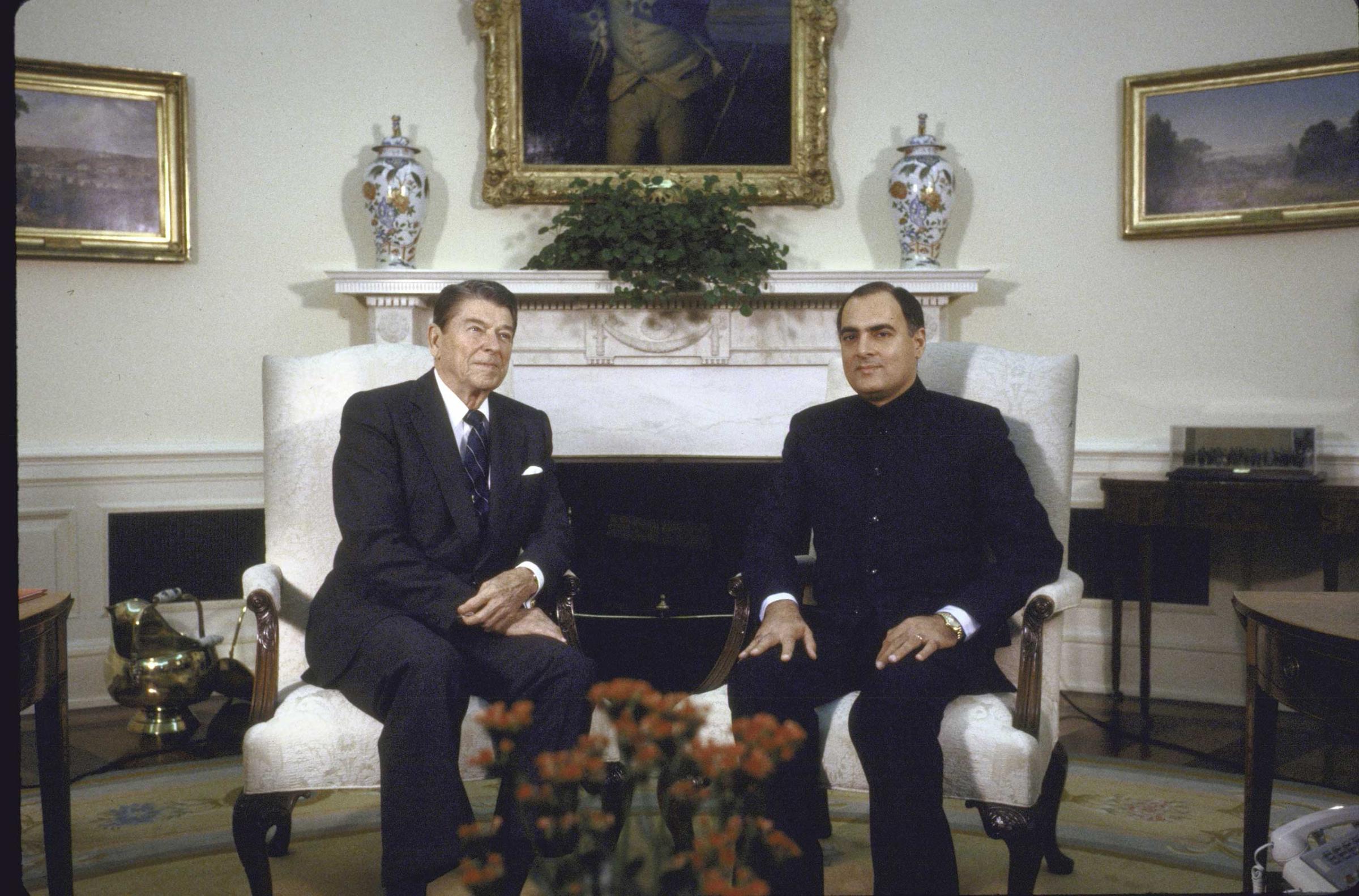
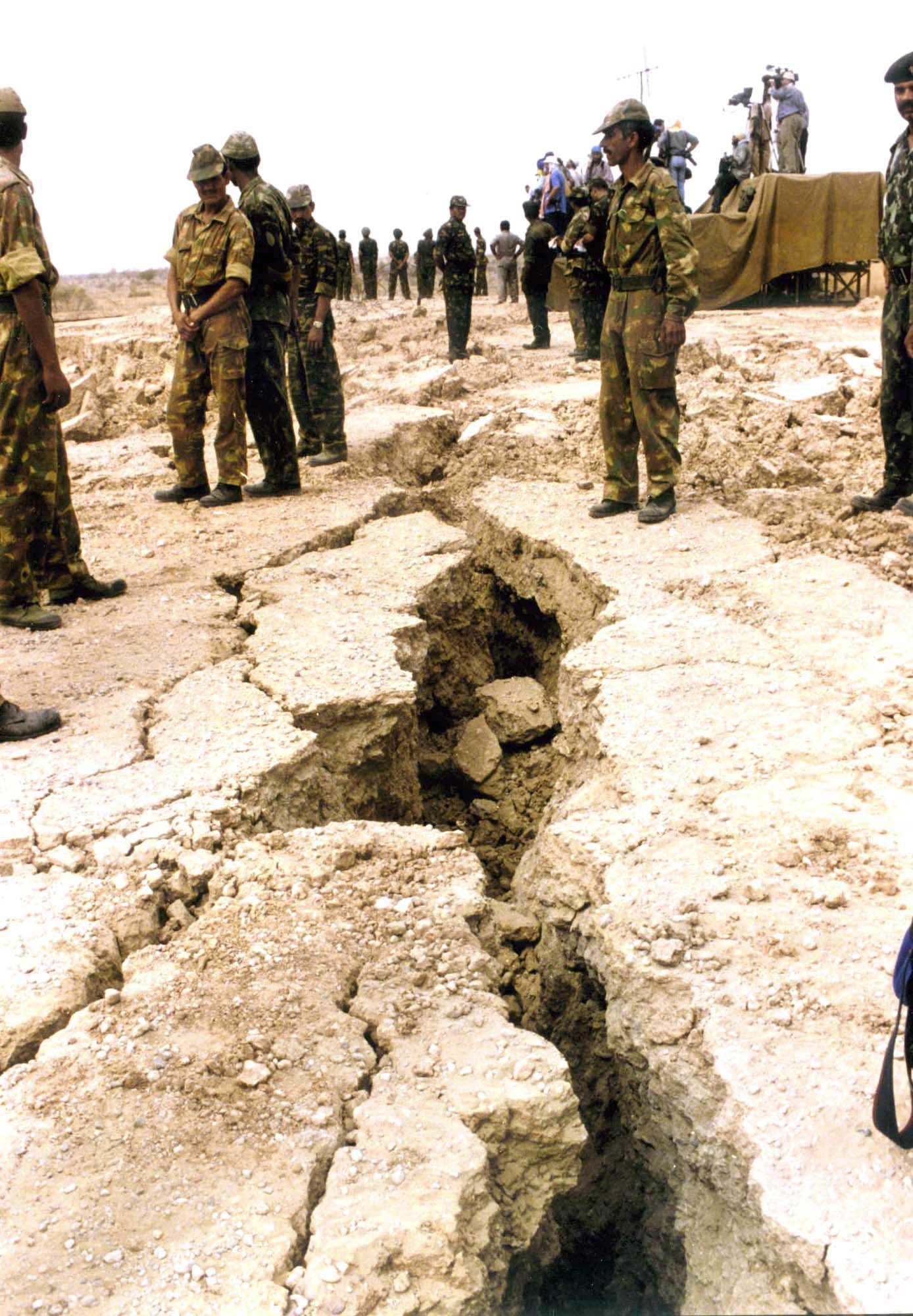
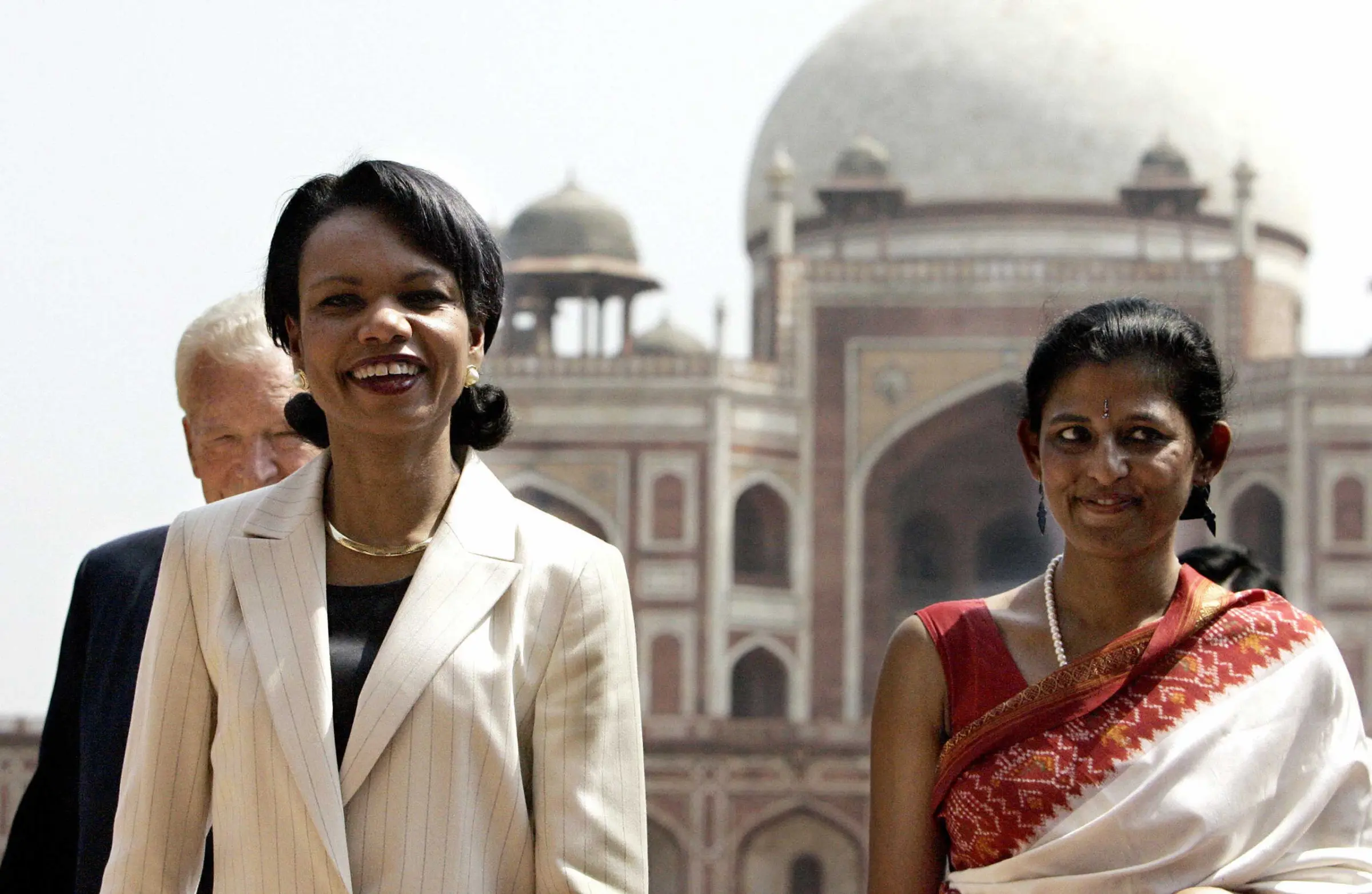
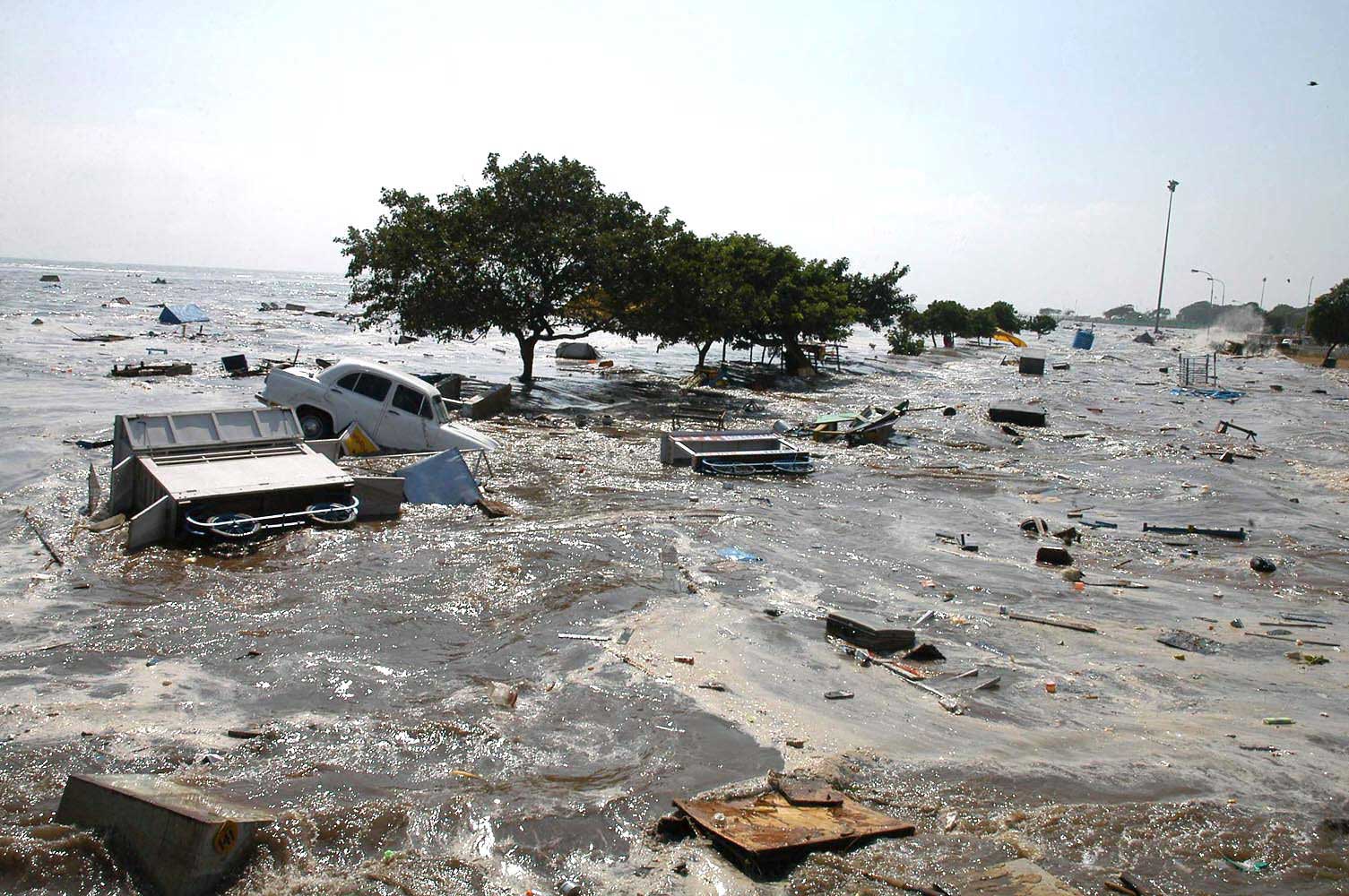
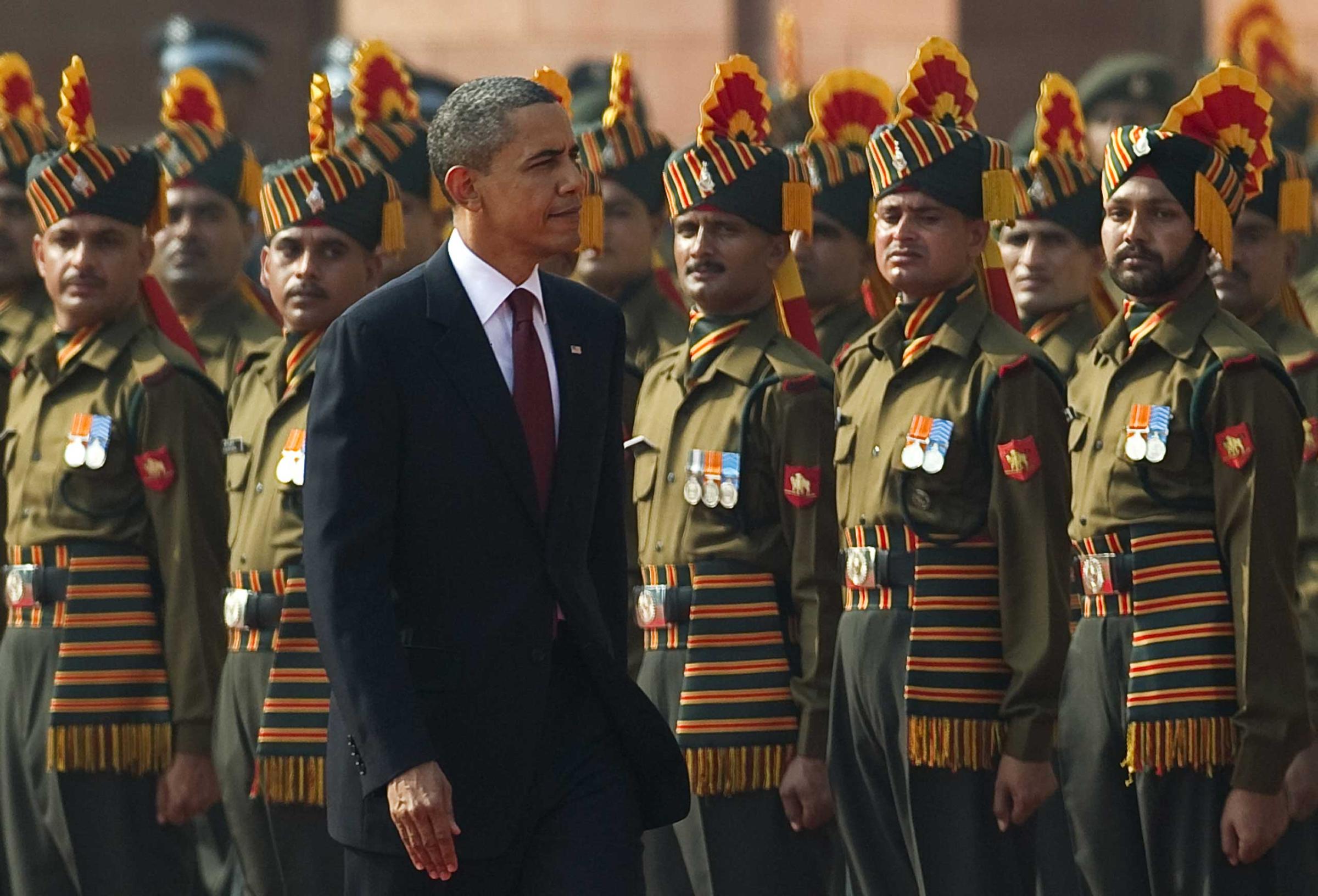
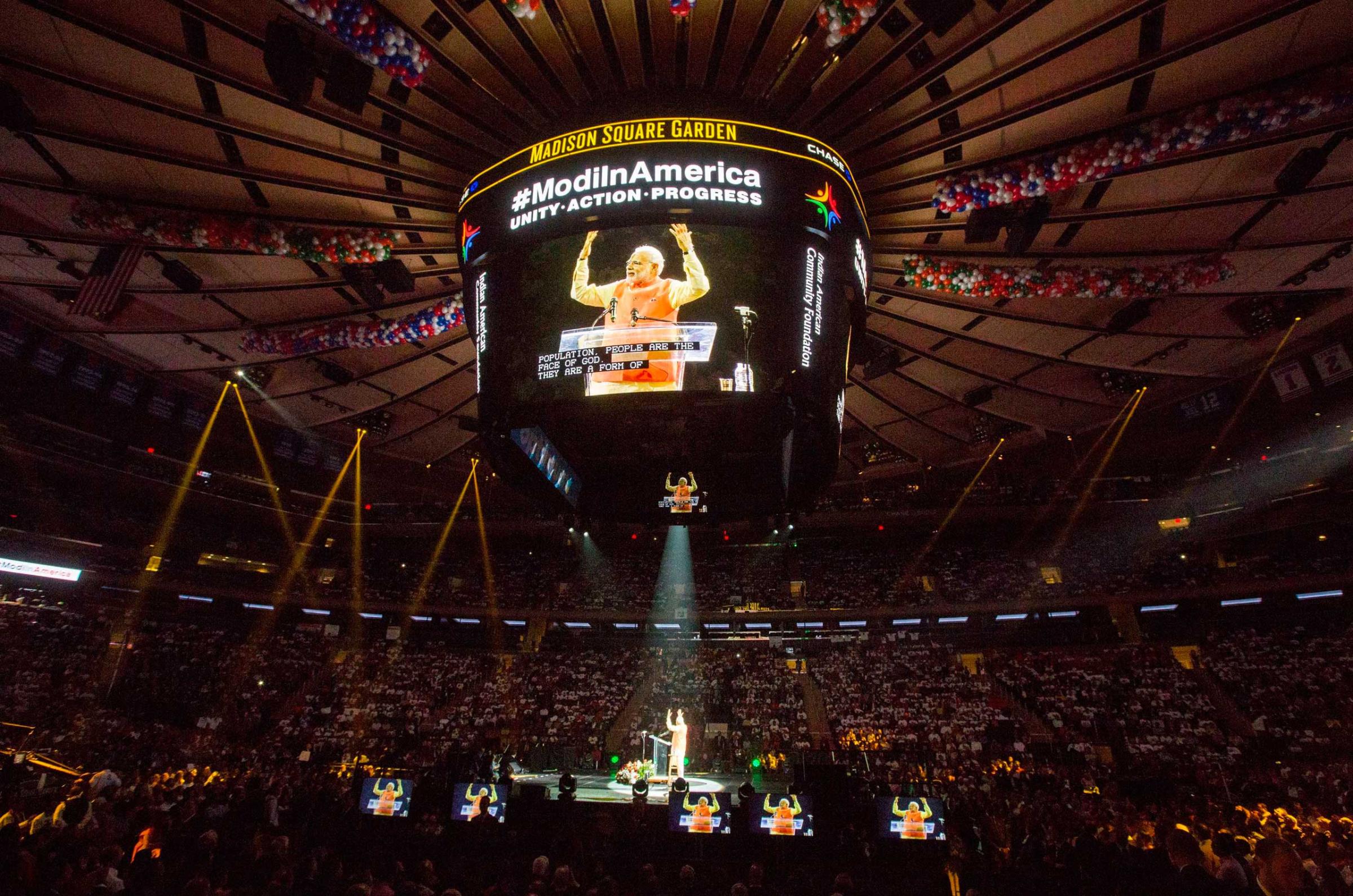
But when he won last year’s election, no one knew how Modi would act on the world stage. The answer came the moment he became Prime Minister. For his swearing-in ceremony, Modi invited leaders from around South Asia—including from Pakistan, the country’s longtime foe, showing welcome initiative. (Relations between the two have since turned cold again.) Over the past year, he’s also sought to raise India’s profile in its backyard, embarking on a tour of the small island states that sit to its south, including nearby Sri Lanka. In recent years the island country had cultivated closer connections to China, which offered billions of dollars in loans and last year twice docked a military submarine there, irking India. But in March, Modi became the first Indian Prime Minister to visit Sri Lanka in nearly three decades. “He’s a great and good leader,” says new Sri Lankan President Maithripala Sirisena, who has improved ties with India.
For the U.S., which had been forging closer ties with India following the reforms of the 1990s, a key question was, Would Modi bear a grudge for the visa ban? “There was an expectation that Modi might well reflect a nationalistic, even chauvinistic approach, that might further complicate U.S.-India relations,” says Hathaway. But once in office, Modi showed pragmatism. “He could well have engaged in grudge bearing, but in fact he has simply made a decision to not simply let bygones be bygones but give a priority to building a stronger relationship with the U.S.”
During his trip to the U.S. in September, Modi called in at the White House at the President’s invitation, and in January, Obama was in New Delhi, surveying Indian military hardware at the country’s annual Republic Day parade, a first for an American President. Writing about Modi for TIME’s list of the 100 most influential people in the world, Obama celebrated “Narendra’s” rise from his humble origins, saying he’s “determined to help more Indians follow in his path.”
“If I have to describe the India-U.S. relationship in a single word, I will say we are natural allies,” Modi tells TIME. He adds, “What should the India-U.S. relationship be, what India can do for the U.S., what the U.S. can do for India, I think that is a rather limited point of view to take. I think the way we should look at it is what India and the U.S. can together do for the world.”
And what can they do together? India has never been a major trading partner for the U.S.—it represents less than 2% of total foreign trade. But an economically strong India, one finally pulling its weight internationally, could prove a lucrative market for American companies—and provide a boost for a global economy that desperately needs a new engine. For India, the U.S. could be an important source of new investment, and Modi’s relationship with Obama helps raise the country’s profile abroad.
An active India can also be a useful U.S. partner in the region—especially in Afghanistan, a country with which India has old ties. Modi notes that India has offered more than $2 billion to Afghanistan for reconstruction and development as the U.S. pulls out and that India will “do whatever is required to be done for Afghanistan’s development.” Most important, India holds the promise of being a democratic counterweight to a looming China. “We cooperate with China at the international stage, but we compete with China when it comes to commerce and trade,” says Modi. A successful India would be a potent reminder that democracy can still be a pathway to prosperity.
Great Expectations
The outlook for the Indian economy has improved over the past year, though that’s not entirely due to Modi’s efforts. In March, Christine Lagarde, the managing director of the International Monetary Fund, called the country a “bright spot” on an otherwise “cloudy global horizon.” Inflation has eased, and the dramatic fall in global oil prices has been a major boost for a country that imports around 80% of the crude it needs. India also looks good in comparison with other onetime economic hopes—like Russia, a crude exporter that has been hit by the oil-price drop and international sanctions, and Brazil, where growth is slowing and the headlines are dominated by a multibillion-dollar corruption scandal at state-run oil giant Petrobras.
Modi’s government has also taken steps to further liberalize India’s economy by, for example, opening up the country’s insurance sector by pushing through a long-standing proposal to allow greater foreign investment. The Prime Minister has tried to make the country’s notoriously sluggish bureaucracy more efficient, implementing an online system to track when bureaucrats actually arrive at work. The government has also worked to move ahead with a national goods-and-services tax to replace a patchwork of state and local levies that have hindered commerce. “It is hard for me to raise objections to much of anything they’ve done thus far,” says Vaishnav from the Carnegie Endowment for International Peace, terming the government “pro-business in orientation”—unlike its predecessor.
But at the same time, questions are growing about whether the scope of Modi’s reforms matches his rhetoric. Ruchir Sharma, the head of emerging markets at Morgan Stanley Investment Management, points, for example, to India’s public-sector banks, which he says are sitting on masses of bad debts. Sharma had hoped that Modi’s government, with its mandate to tackle the economy, might take on the problem by outright privatizing some of the banks or at least cutting down the government’s stake in these enterprises. But, he says, “nothing really has been done about that.”
Modi prefers to focus on what he calls “cooperative competitive federalism,” encouraging growth through competition between the states. Although Modi was elected with an overwhelming majority in the lower house of India’s Parliament, his party and its allies lack the strength in the indirectly elected upper house to pass legislation without the support of opposition parties. The government says part of its plan to put the economy on a stronger footing is to devolve more power to the states to enact reforms that can boost growth, instead of directing such measures from the center. The state of Rajasthan near Delhi is often cited as an example, after it proposed reforms last year, including relaxing labor laws to make itself more appealing to business. Modi’s government, which needed to approve the state changes, should get credit for allowing Rajasthan to press on with such reforms, says Vaishnav. But it’s one thing, he adds, to say we’ll let the states make these changes and another to say that “the Prime Minister is going to use his bully pulpit to actually advocate for these types of changes across states, and particularly in the BJP states.”
Opposition is also growing against a key Modi government reform to simplify India’s highly restrictive land-acquisition laws by, for example, doing away with the need to get the consent of as many as 80% of landowners for certain development projects—a move that’s been portrayed by Modi’s critics as being against the interests of the rural masses. Unlike in China, where the government shows little regard for the impact of development on ordinary citizens, in India investors often complain about the legal obstacles that keep them from getting the land they need. Opposition parties are fighting back by painting Modi as pro–Big Business and anti-poor—labels that, if they stick, could damage the BJP in critical state-level elections later this year. The attacks come as Modi’s seemingly invincible political aura has already begun to dim—an upstart anticorruption party swept state-level polls in Delhi in February despite Modi’s being the face of the BJP campaign.
Questioned about the pace of his reform drive, Modi points to the change in the economic mood from the glum months leading up to last year’s election. “You will actually see that internationally the world is, once again, excited and enthusiastic about India and the opportunities that India represents,” he says. He was elected to a five-year term, he says, and he has a plan for the whole period, not just the first year. “What we have done in the last one year is precisely as per that plan,” he says. “And in the next four years, we have step-by-step measures that would unfold as we go along.”
The world has been excited about India and its perennially untapped potential in the past, before turning away in disappointment when the performance falls short of the hype. As Modi enters his second year in office, hundreds of millions of his fellow Indians are hoping that doesn’t happen again.
India’s Elections: Snapshots From the World’s Biggest Vote
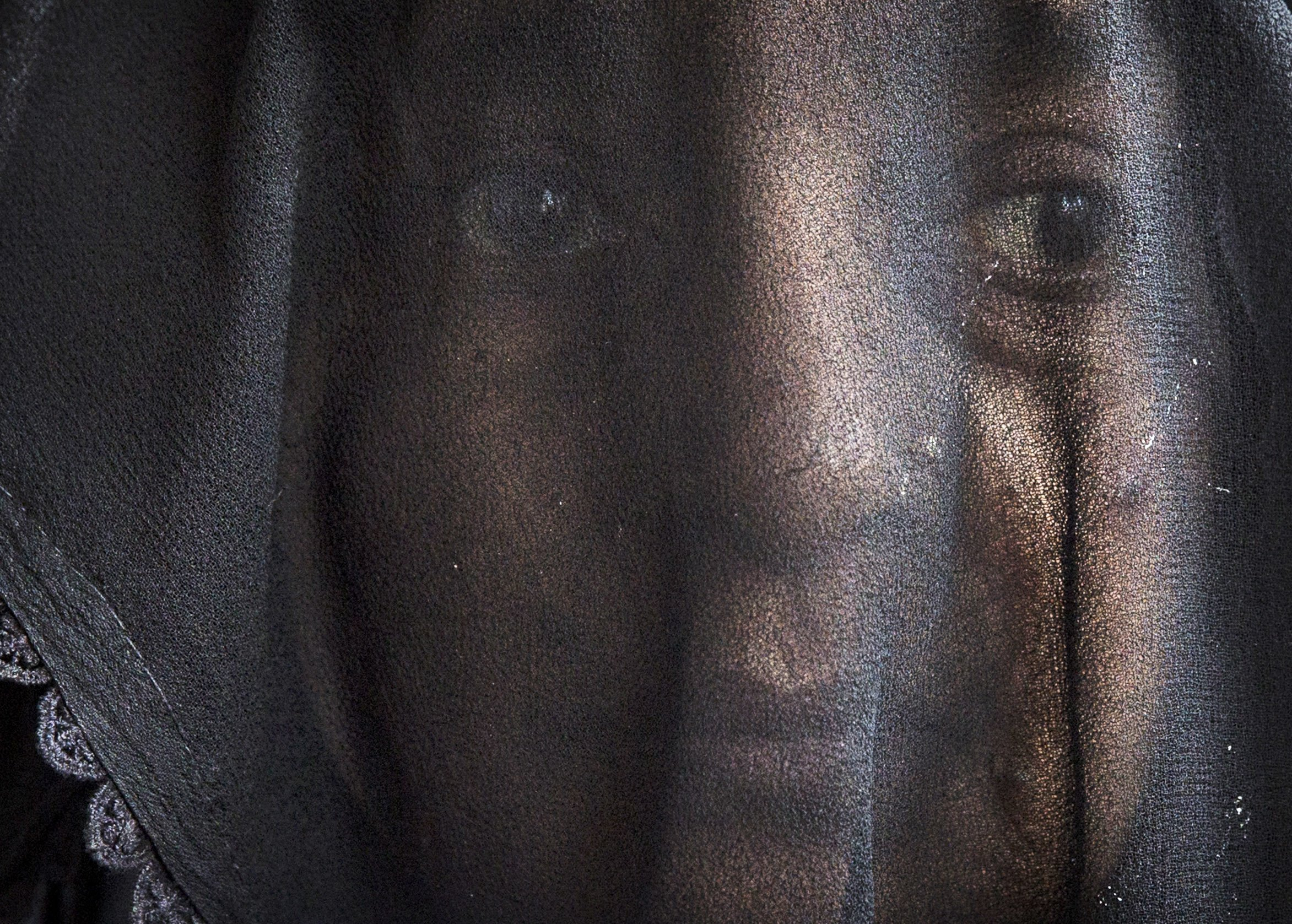
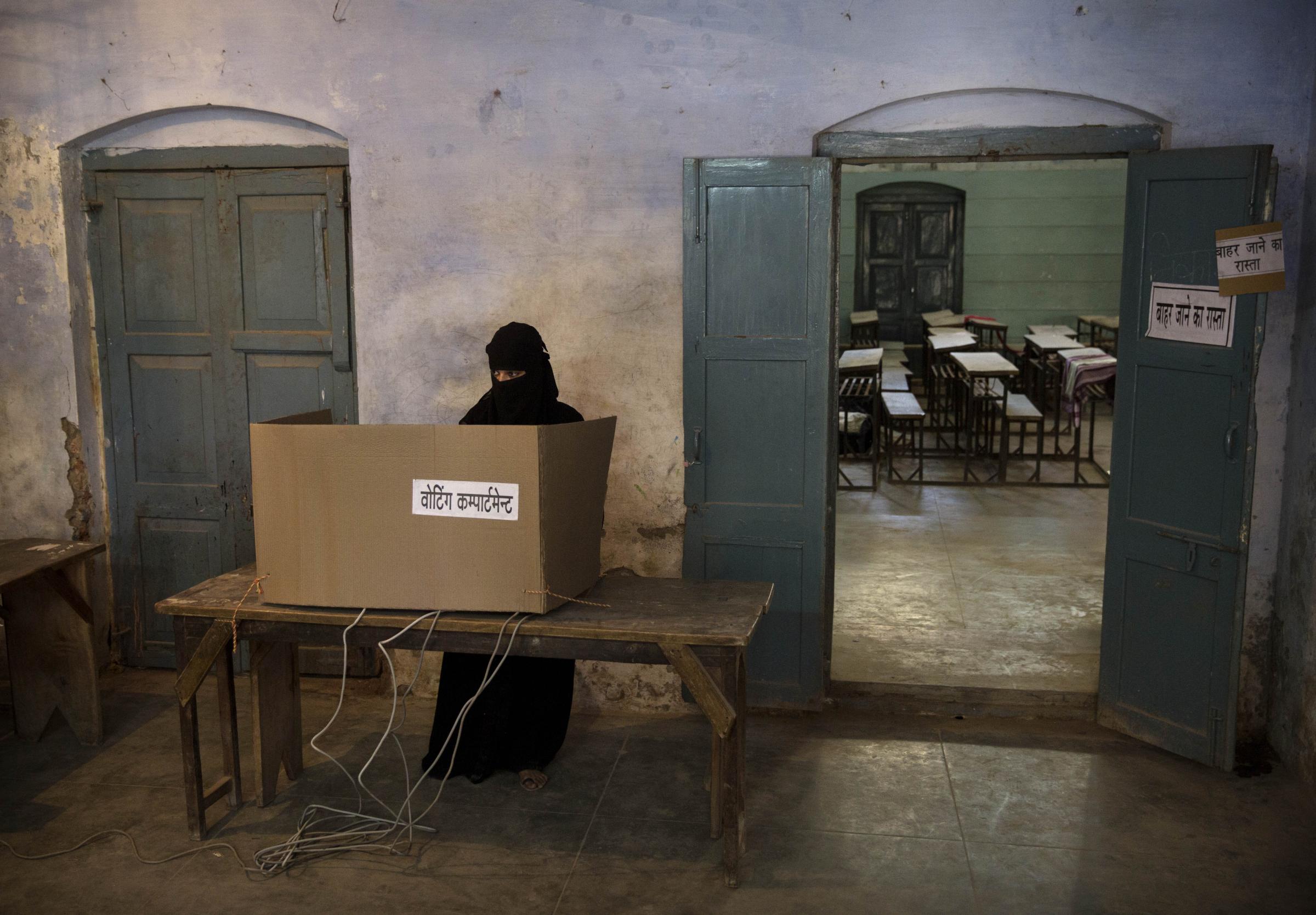
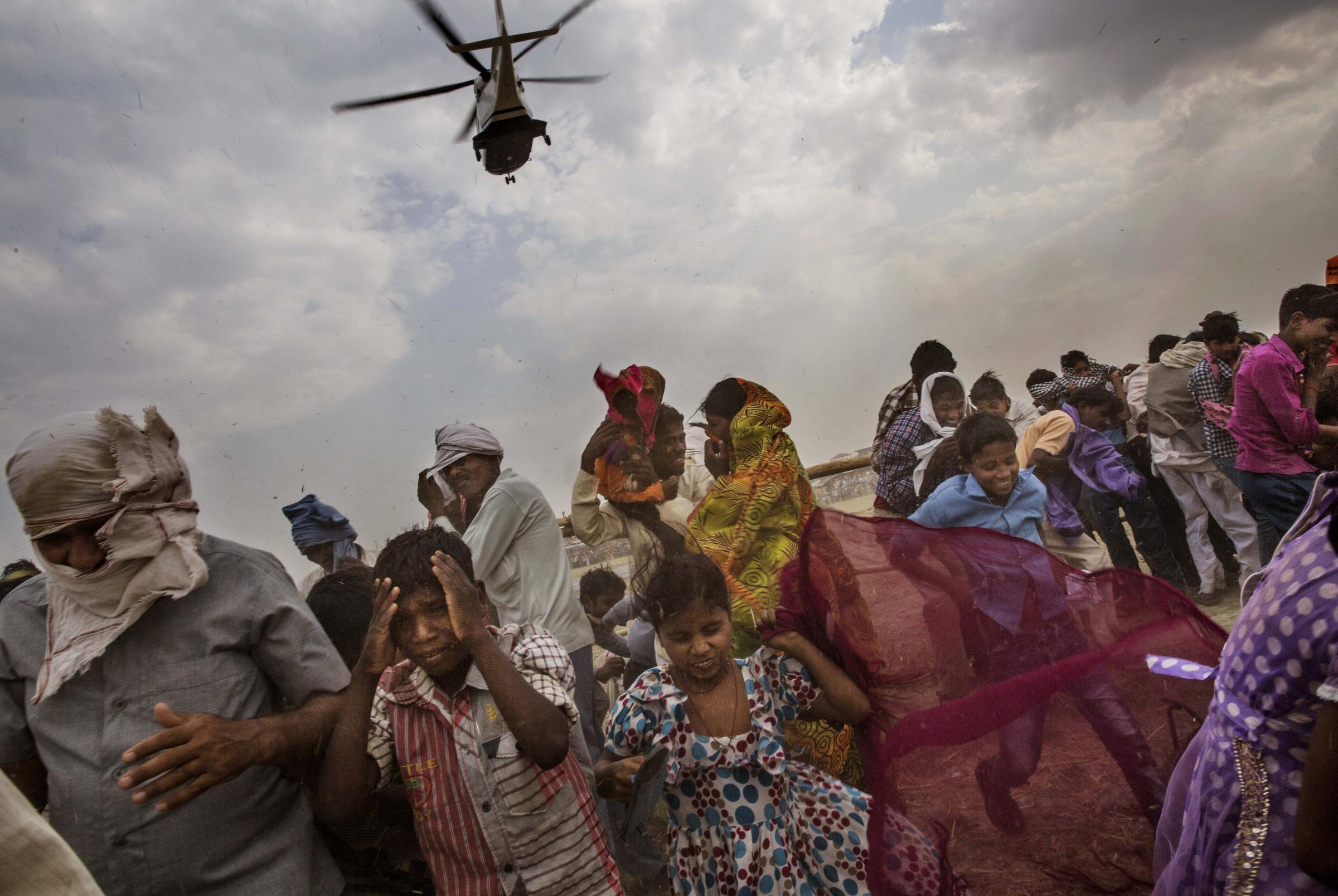
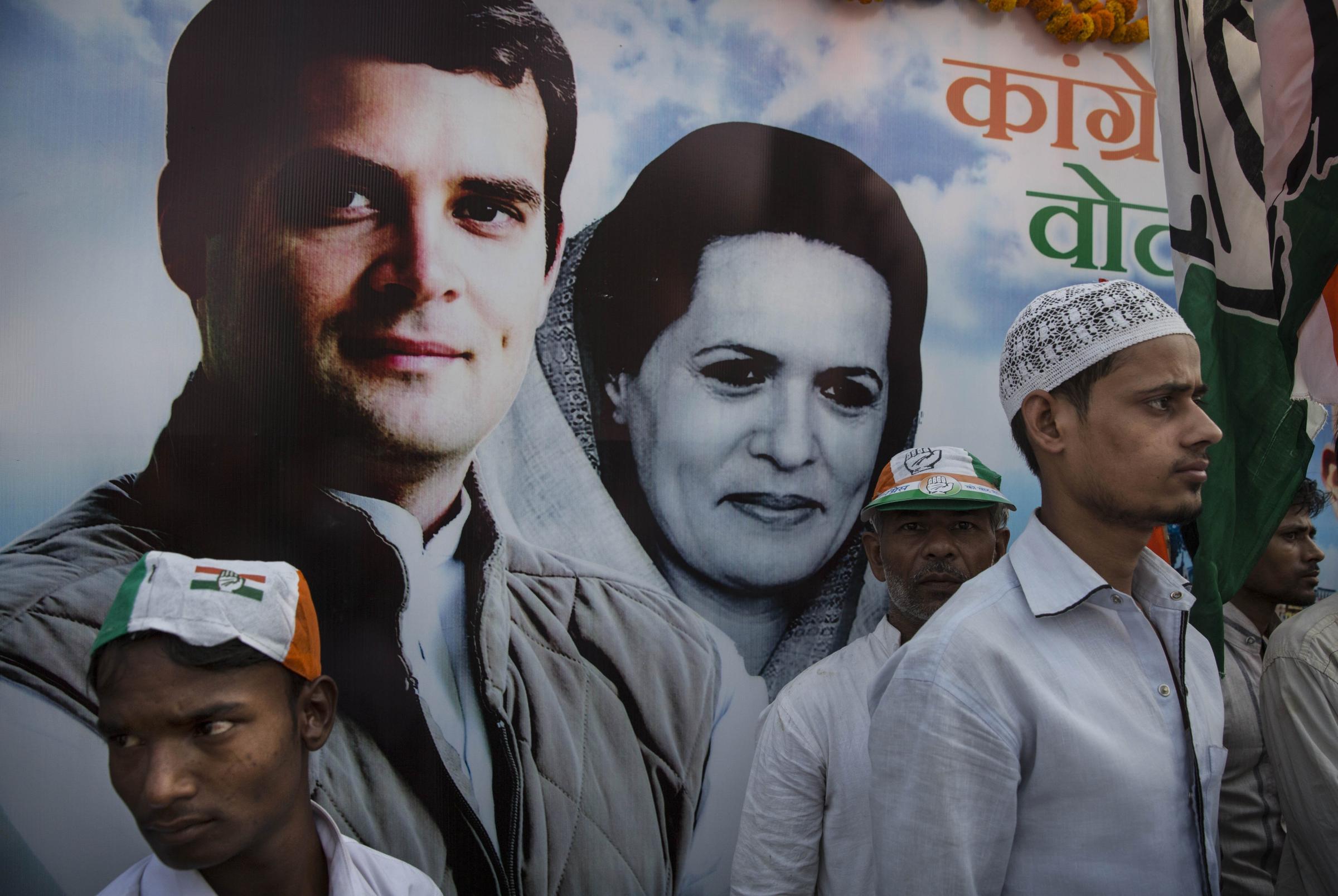
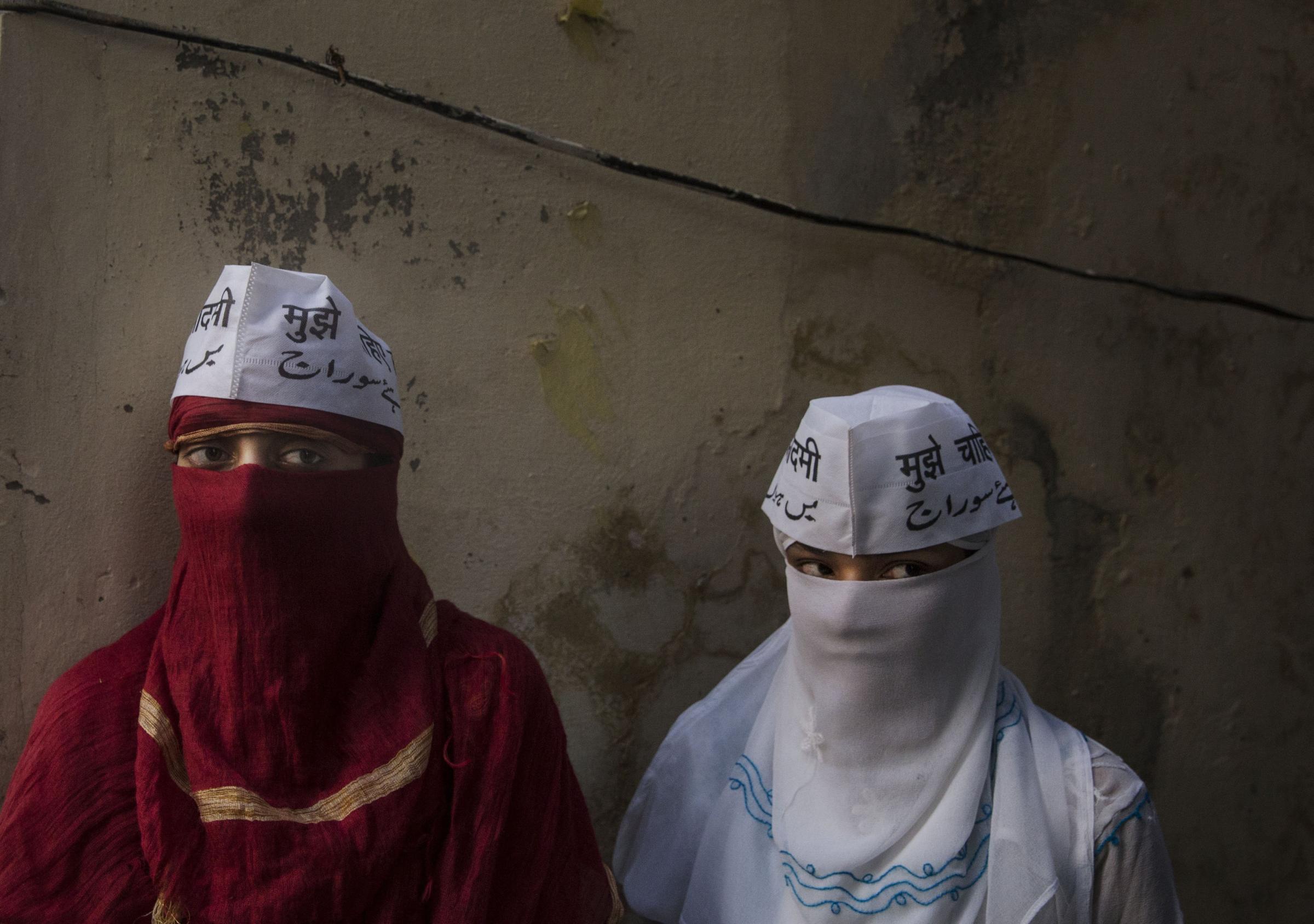
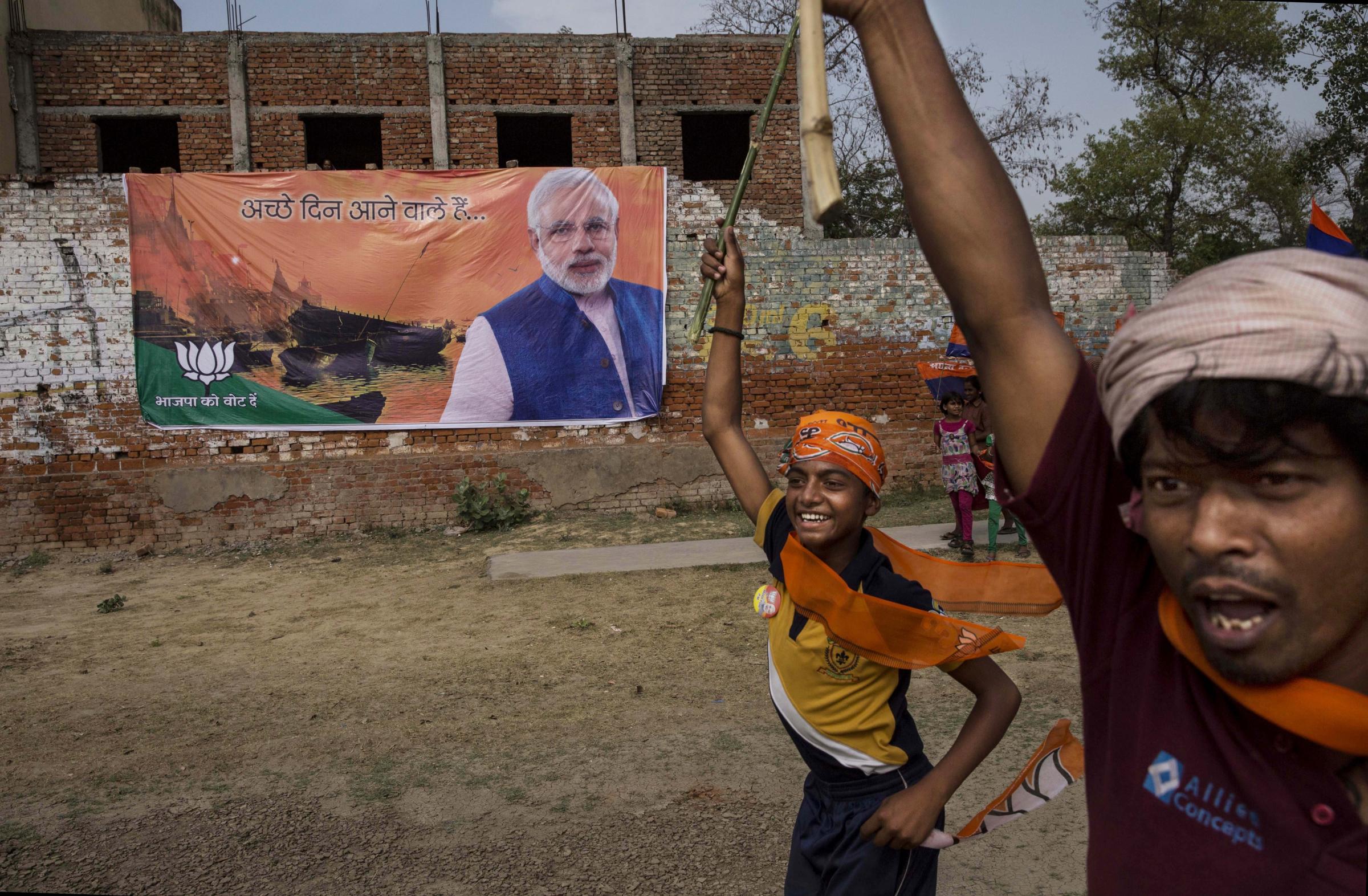
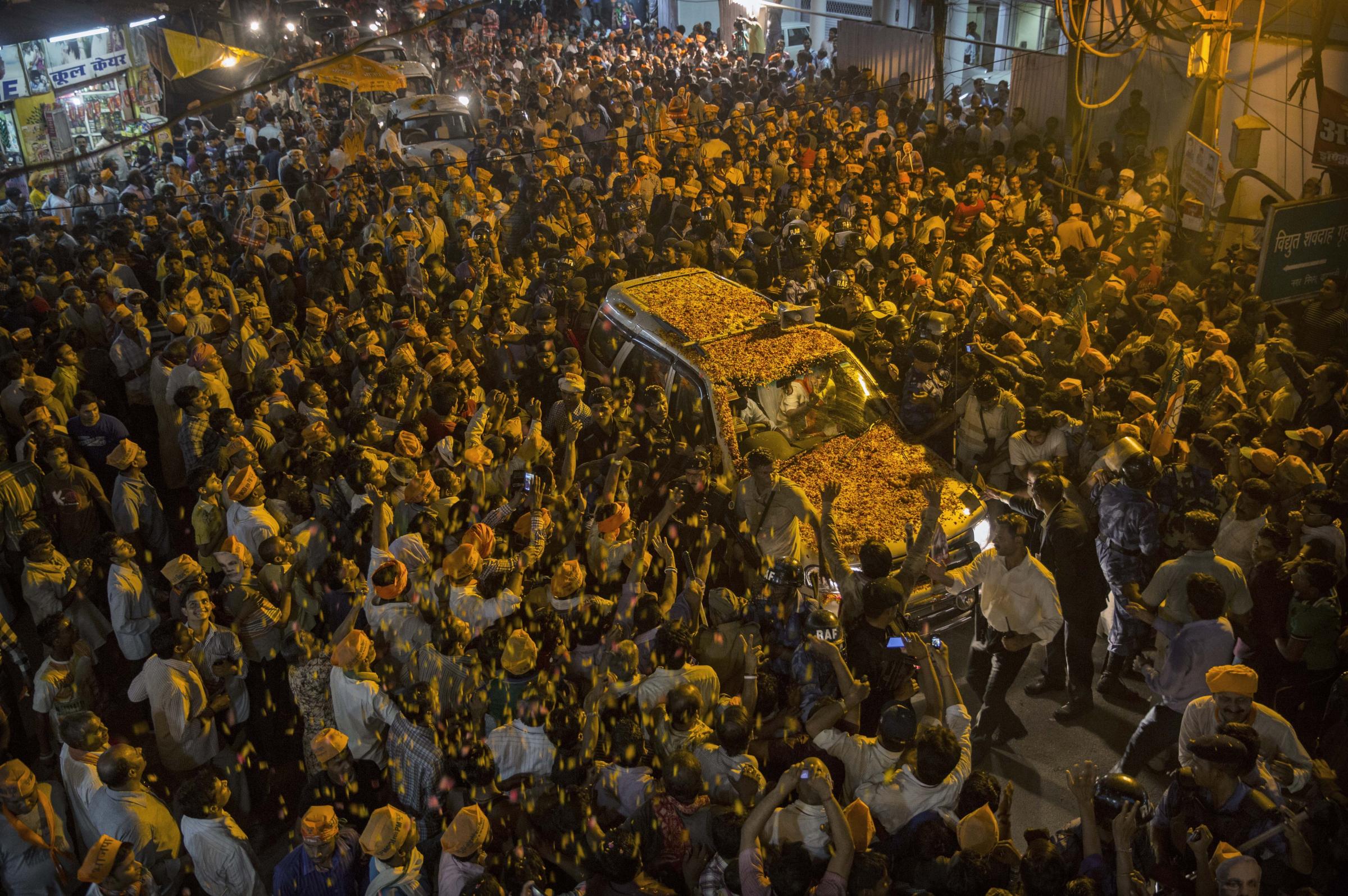
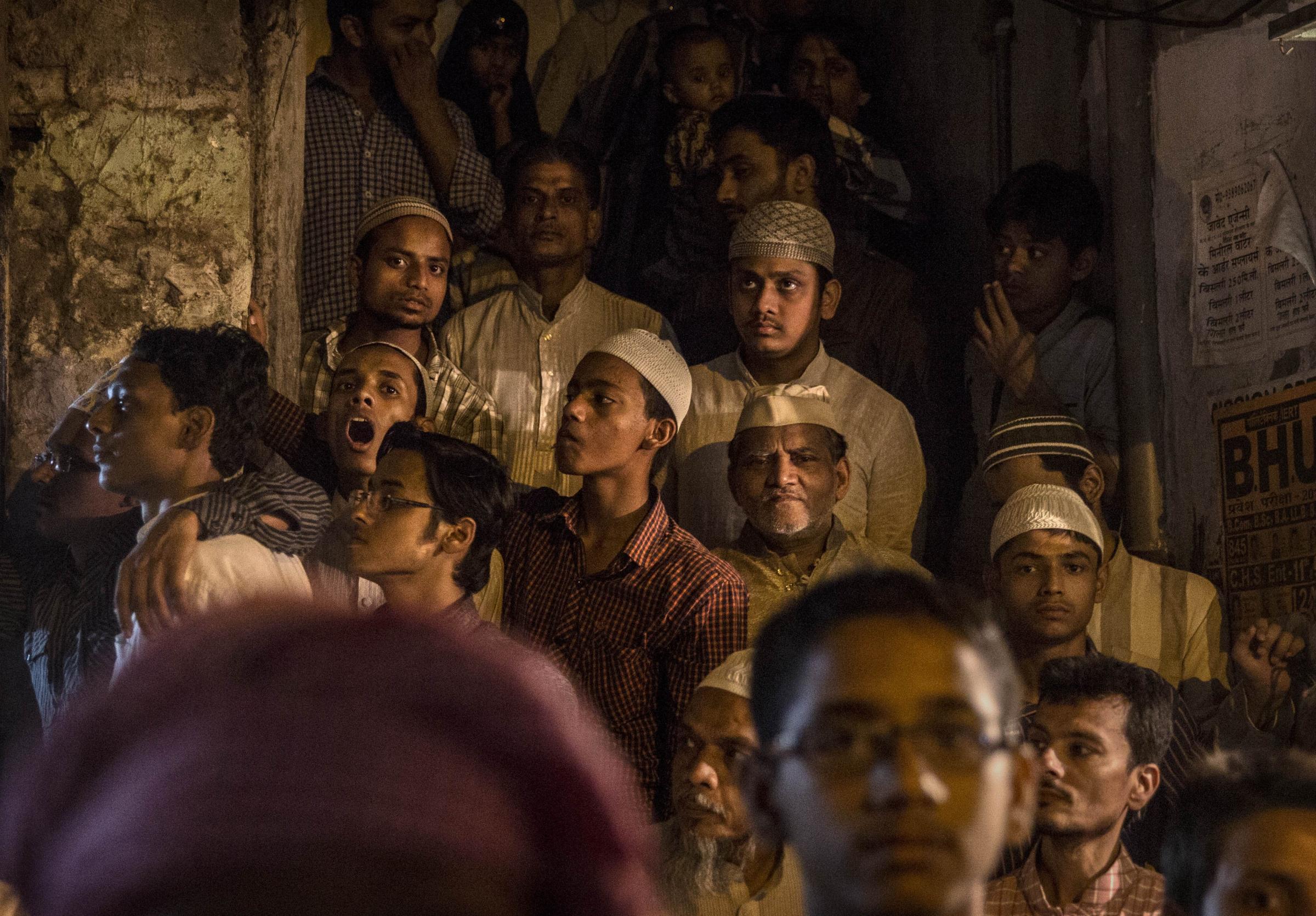
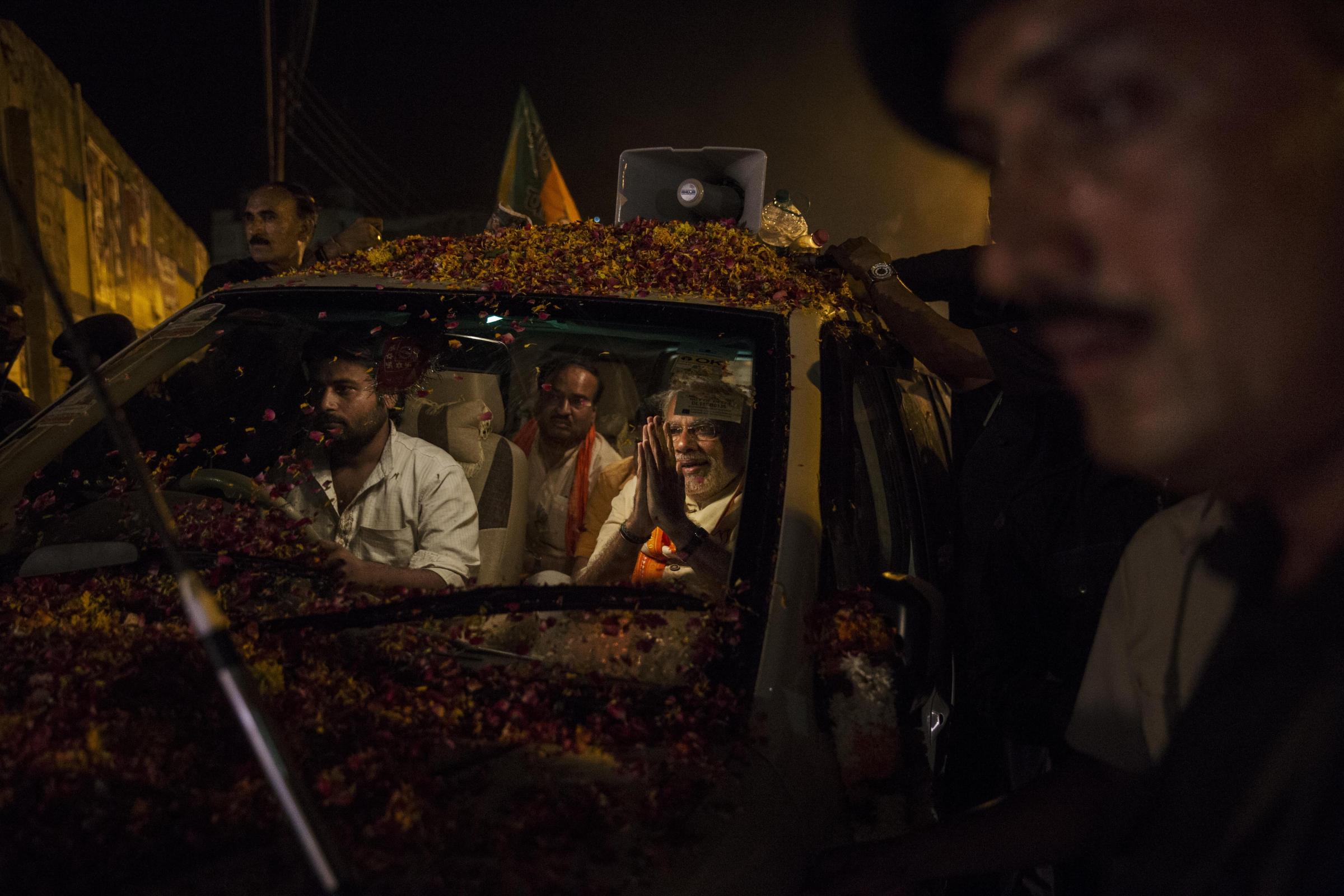
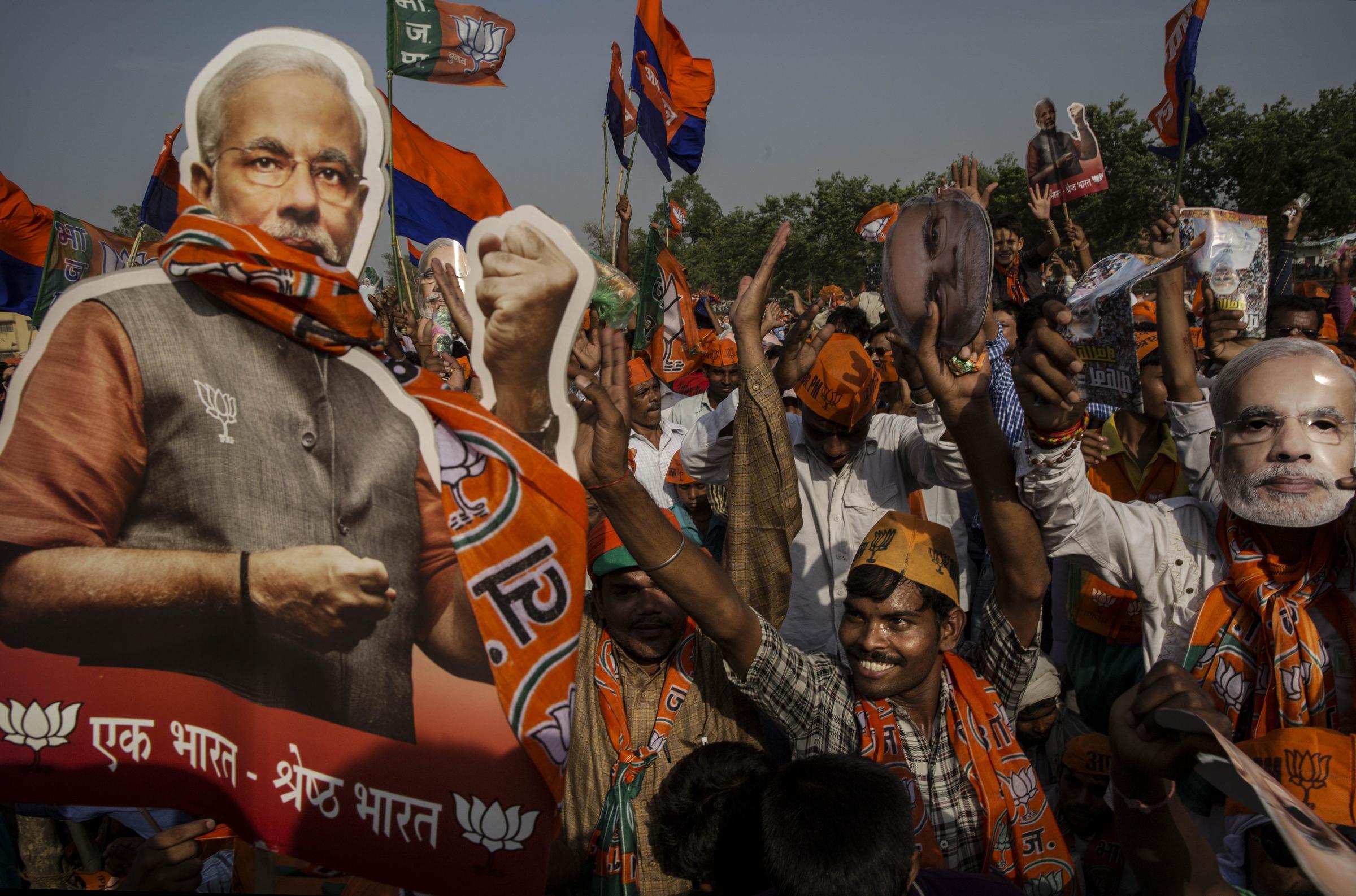
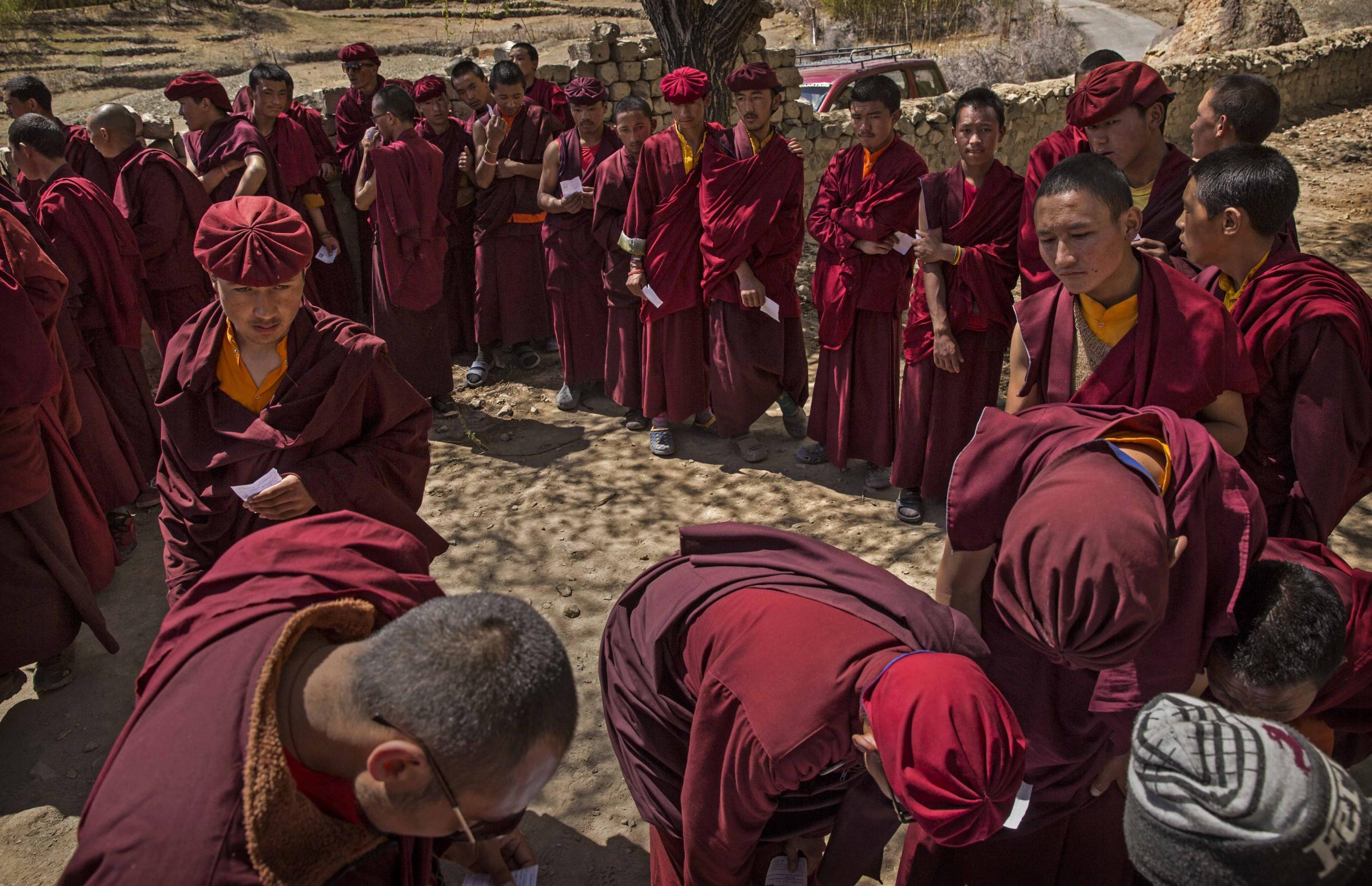
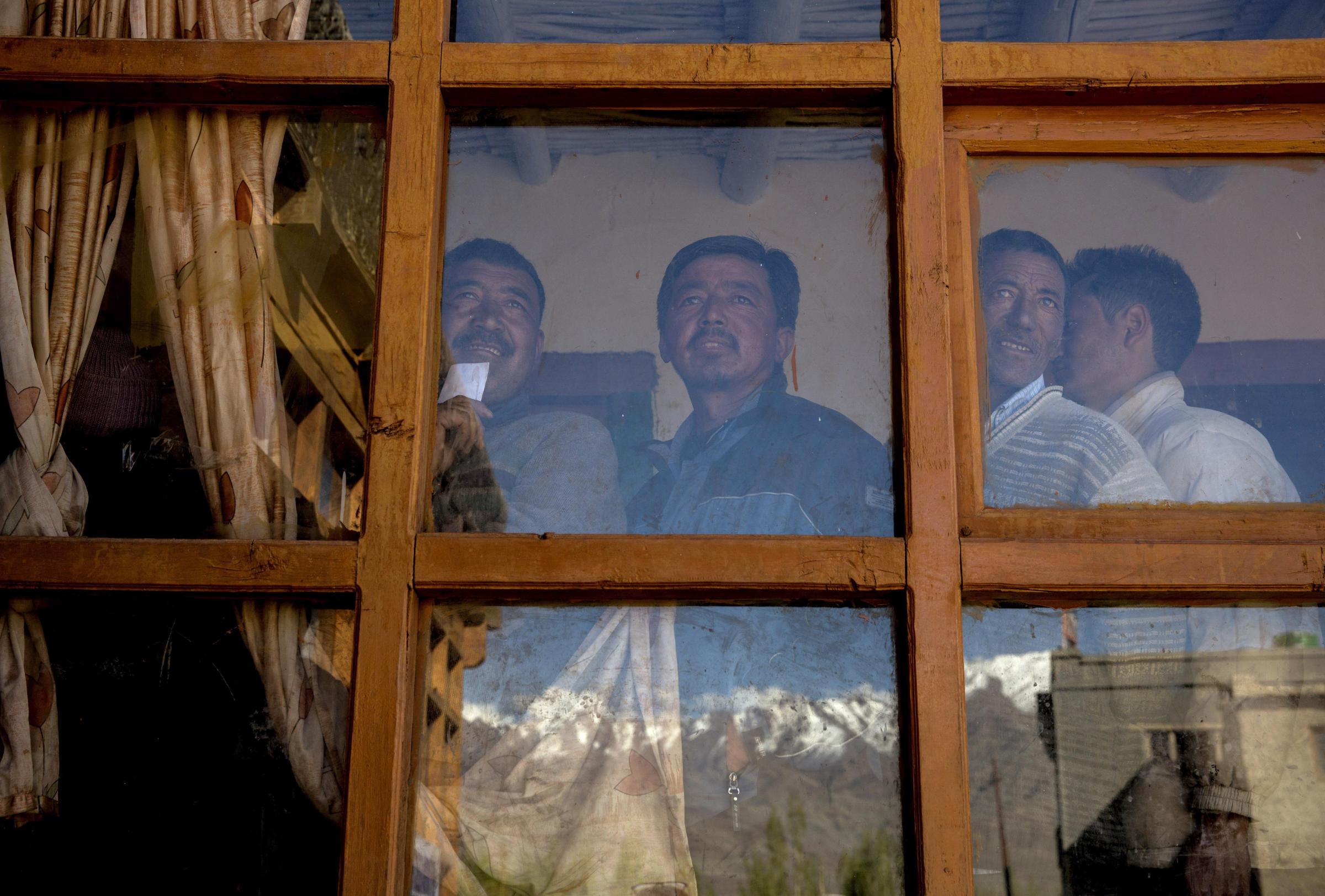
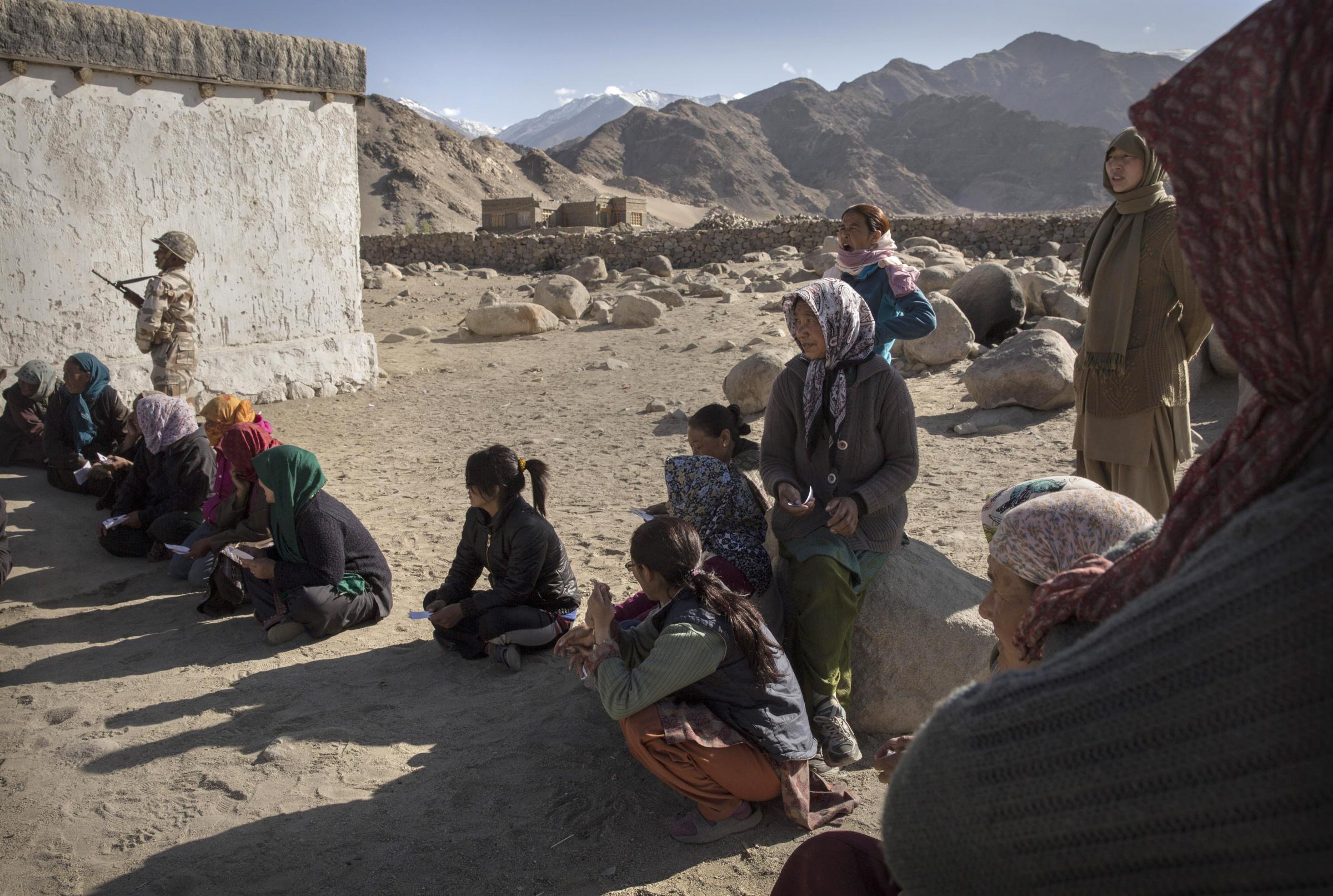
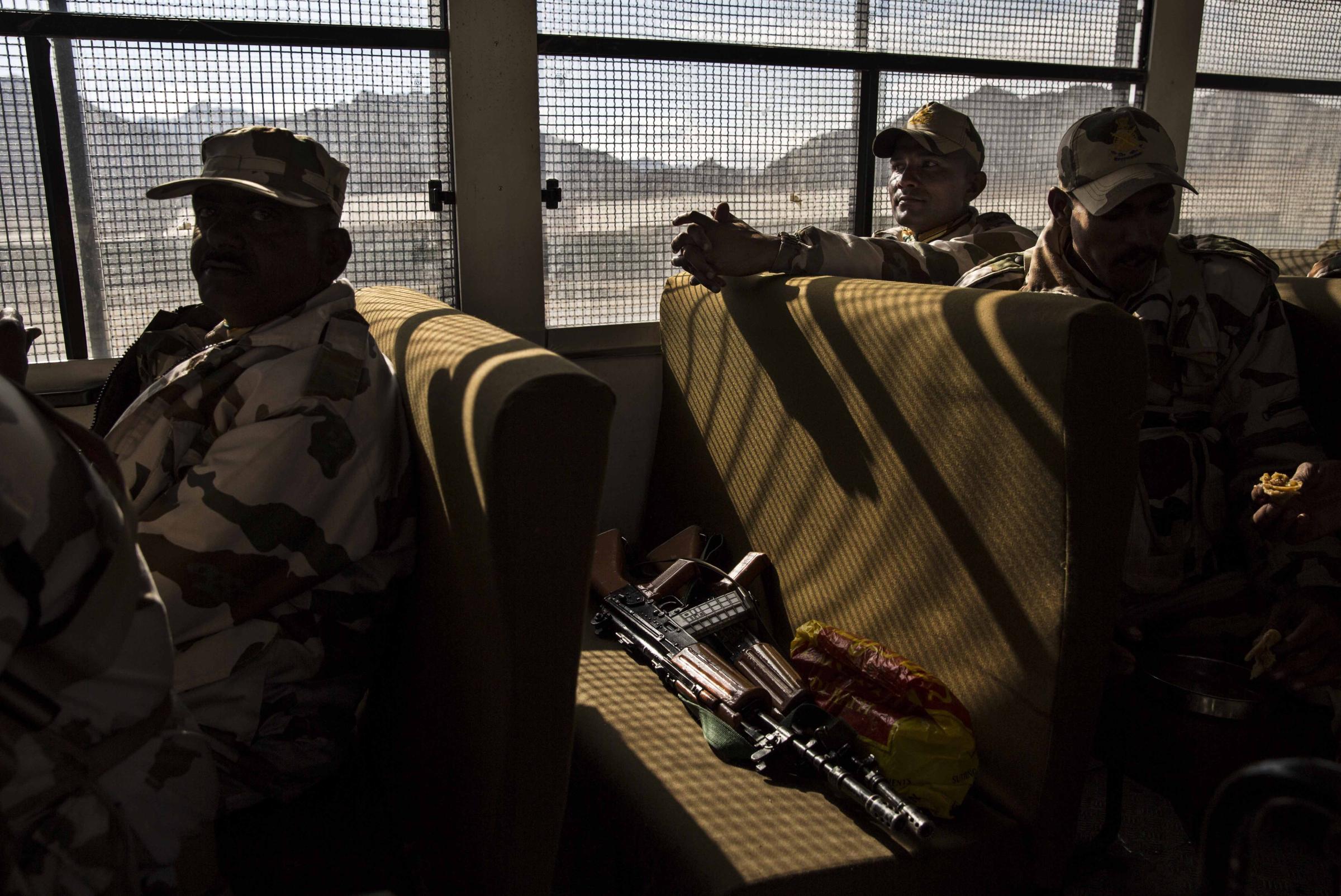
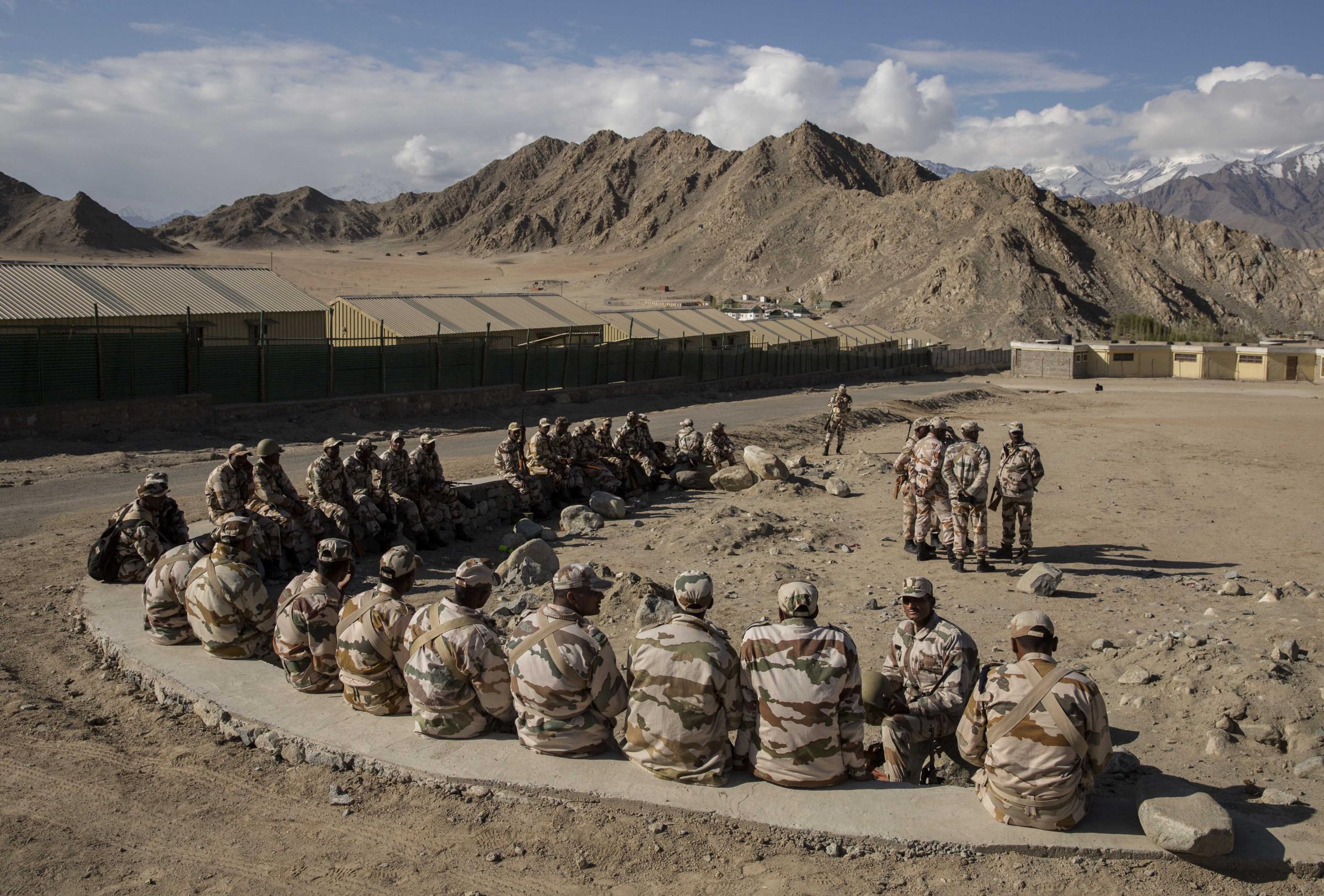
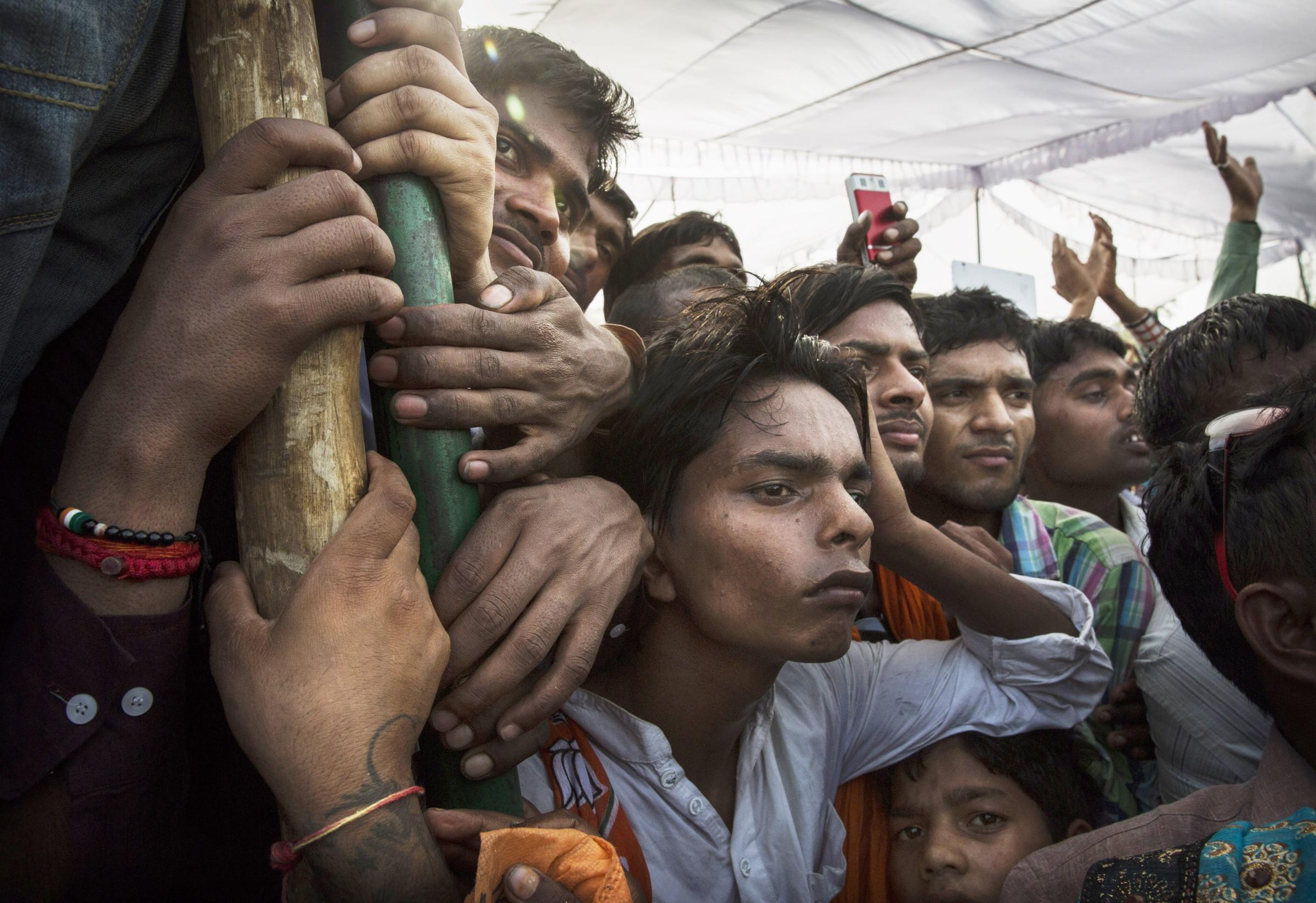
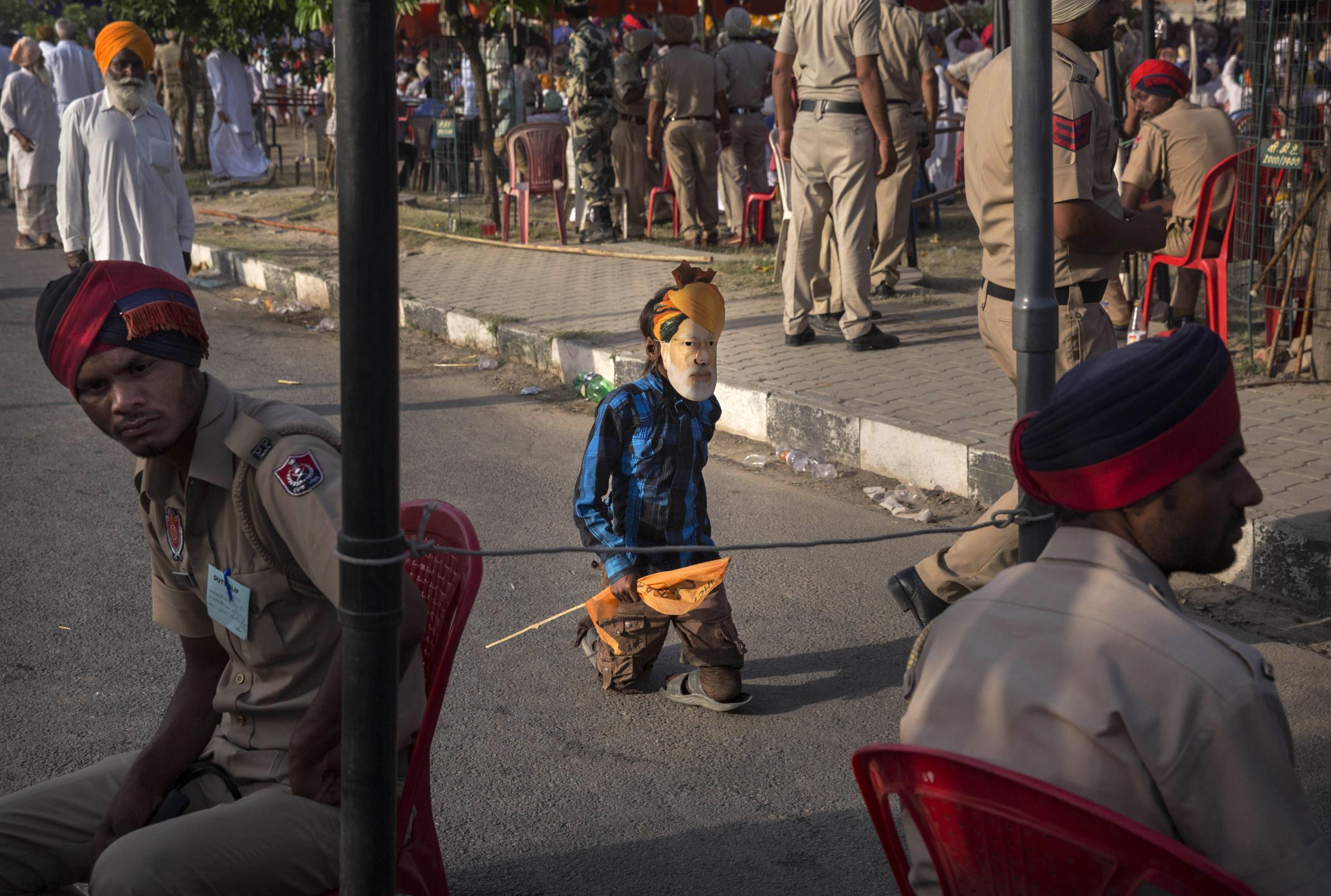
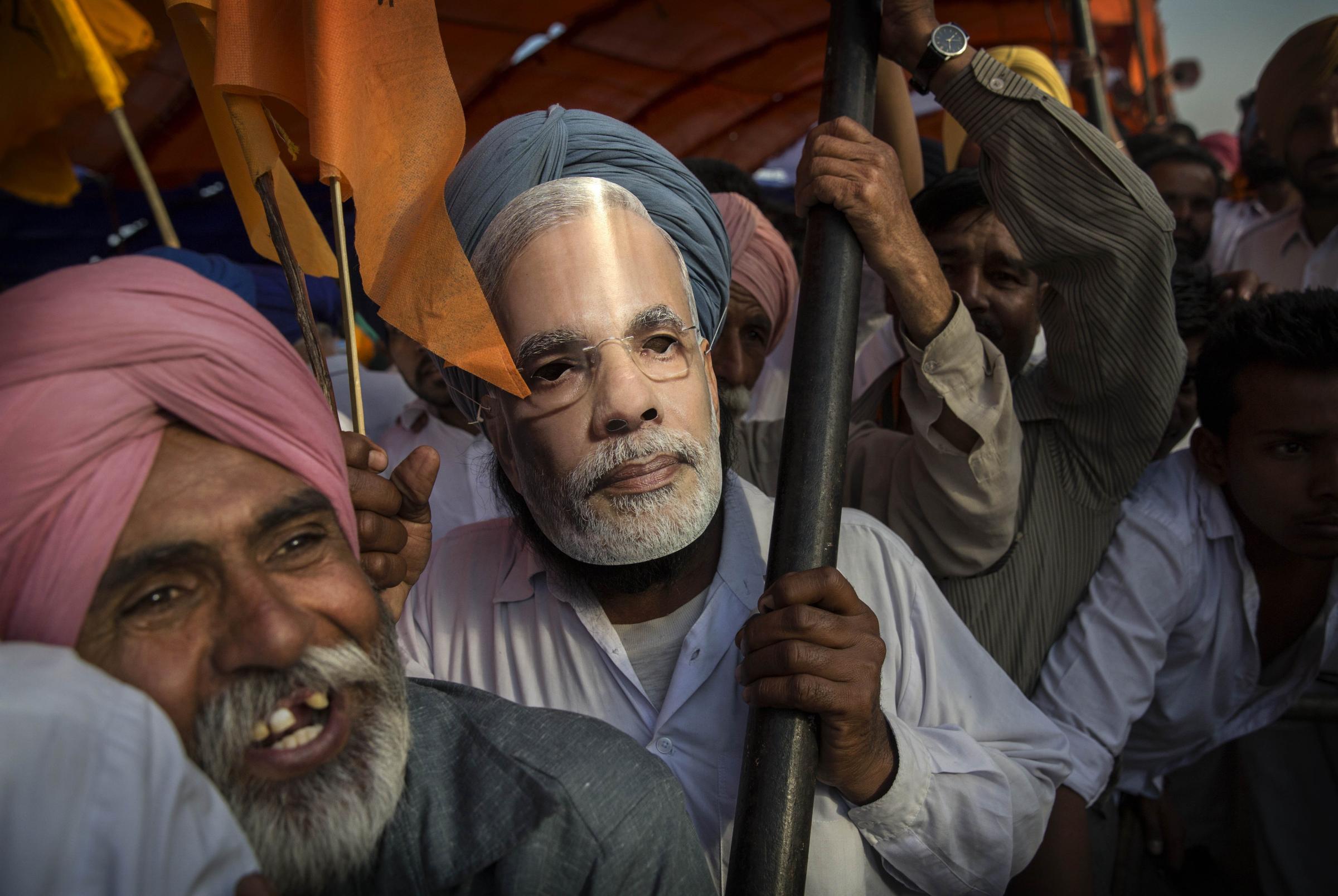
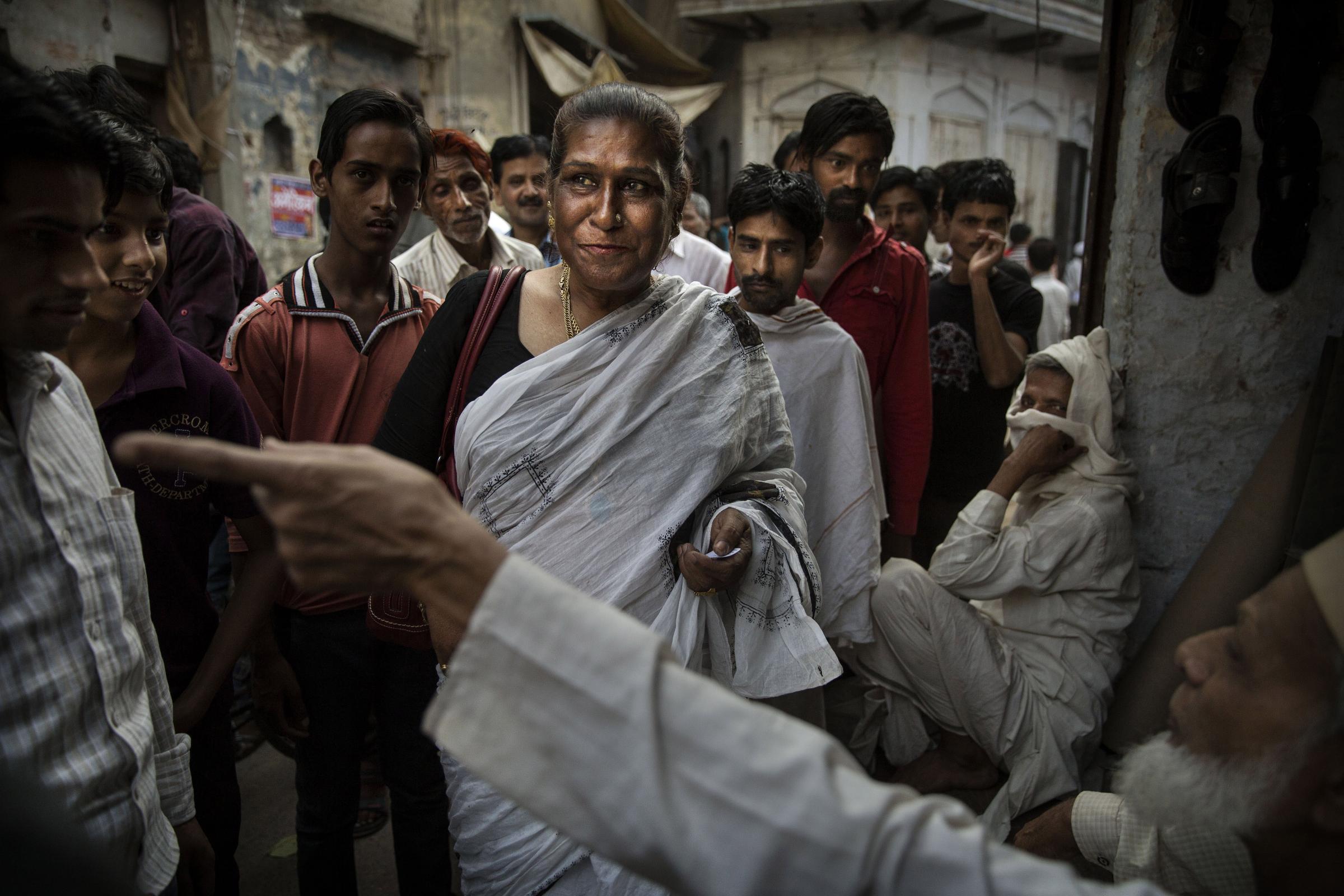
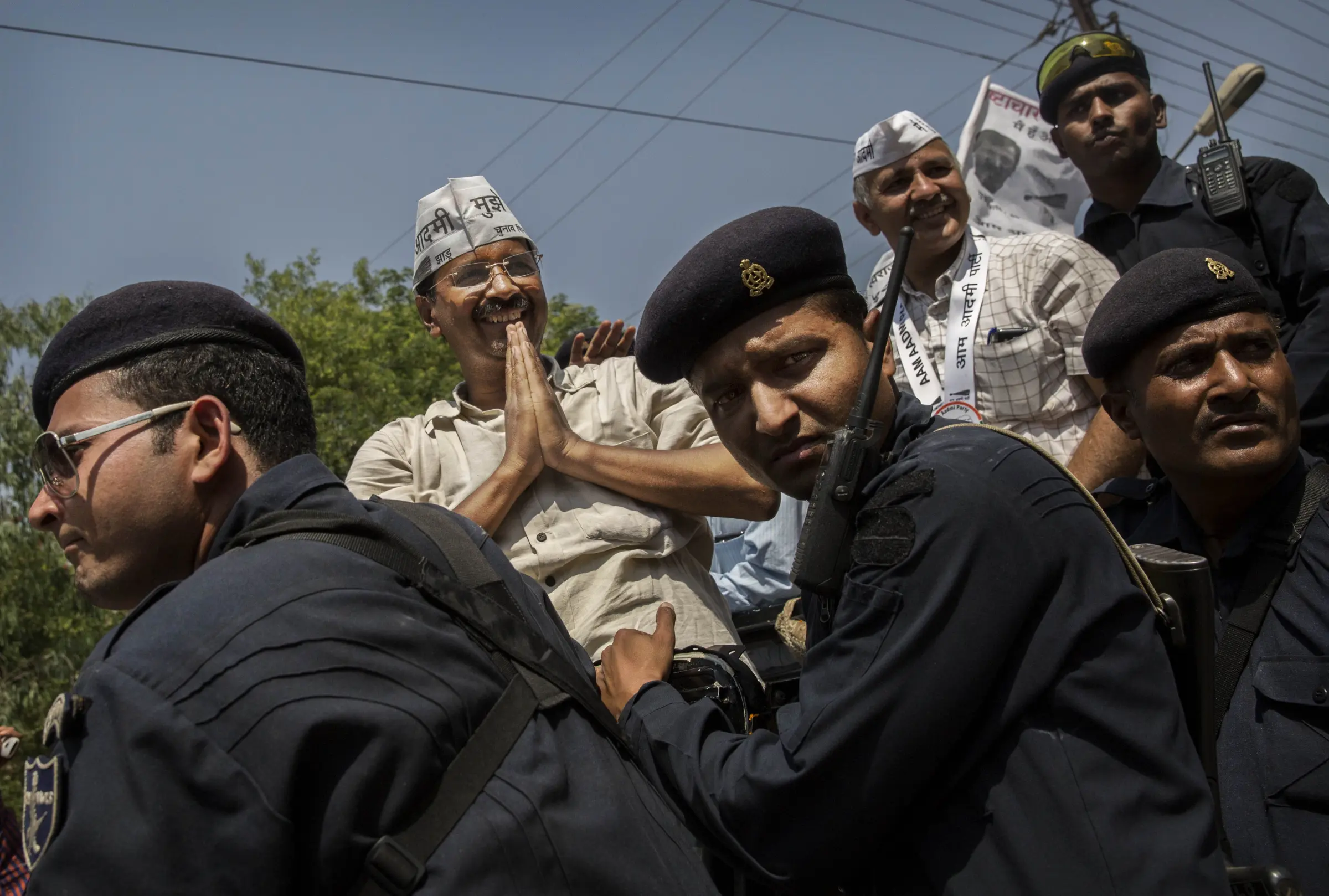
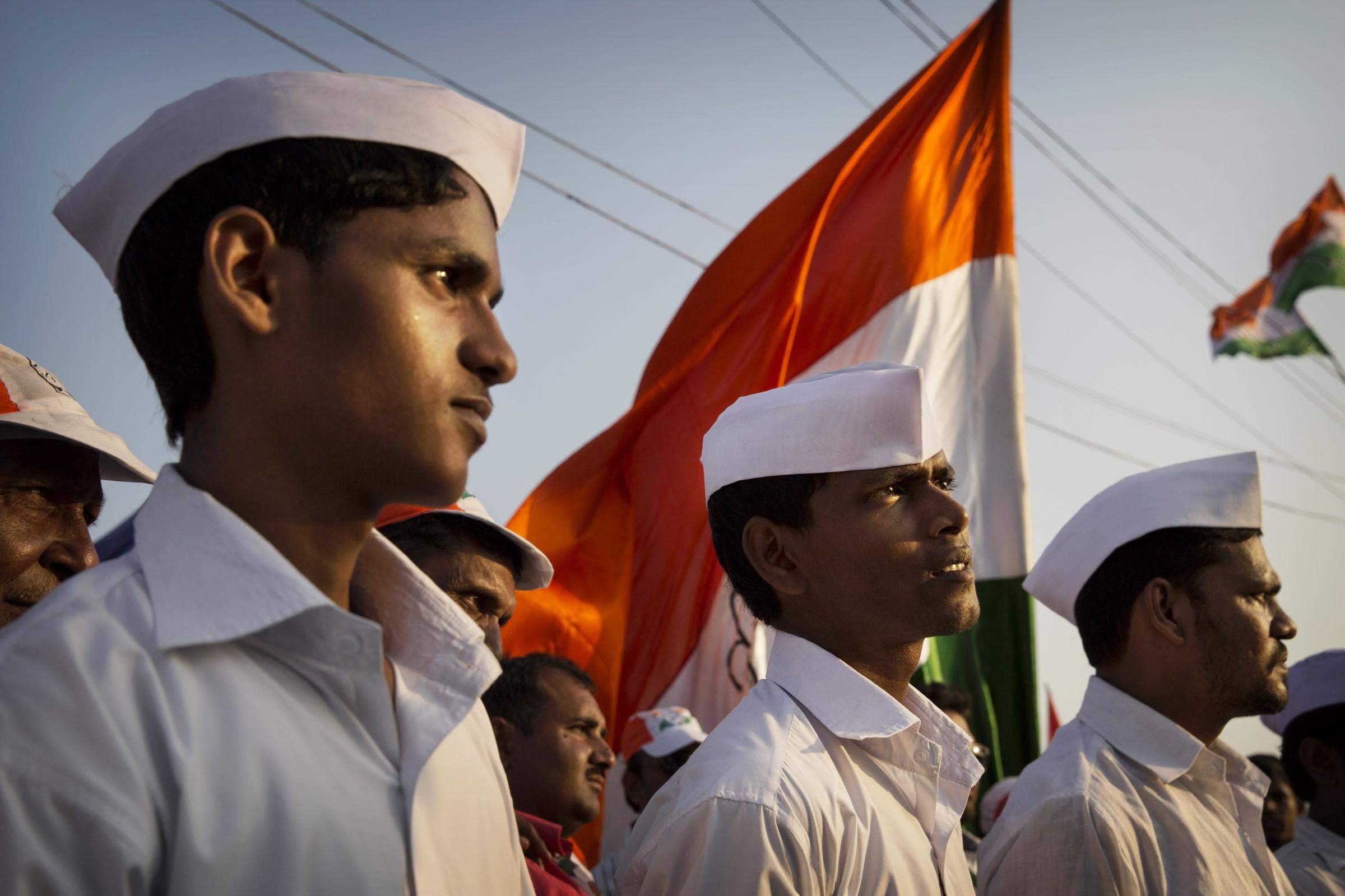
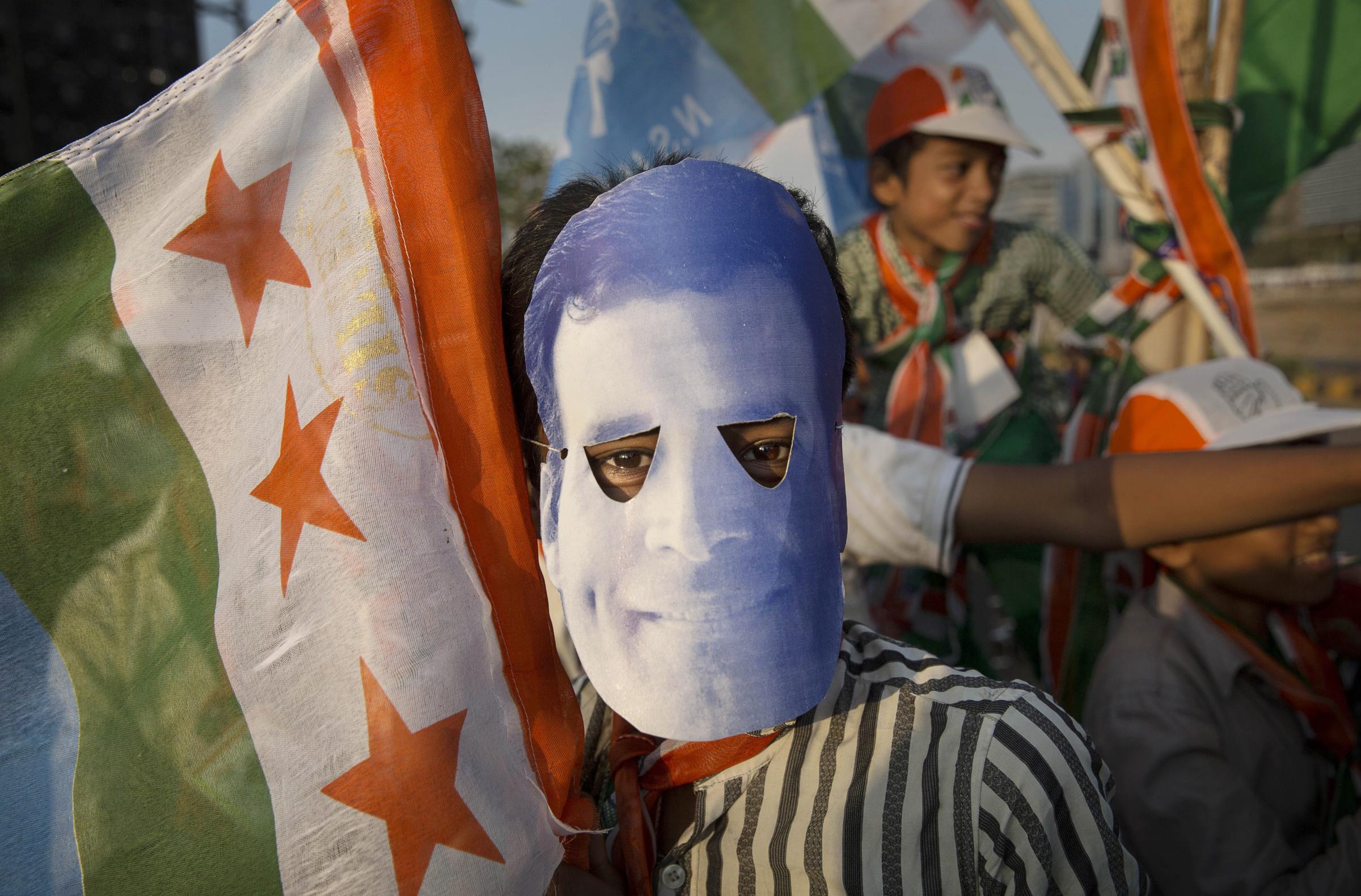
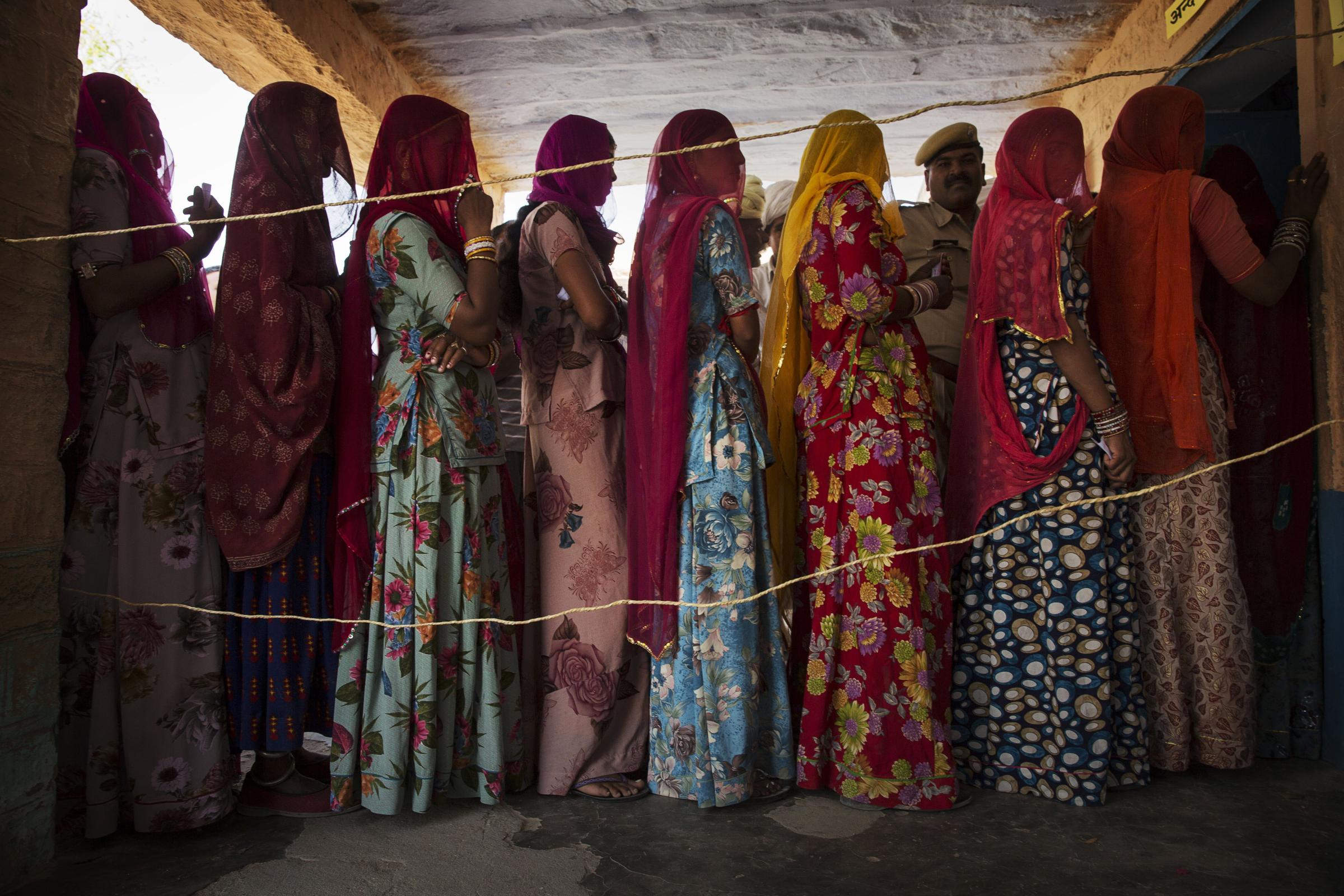
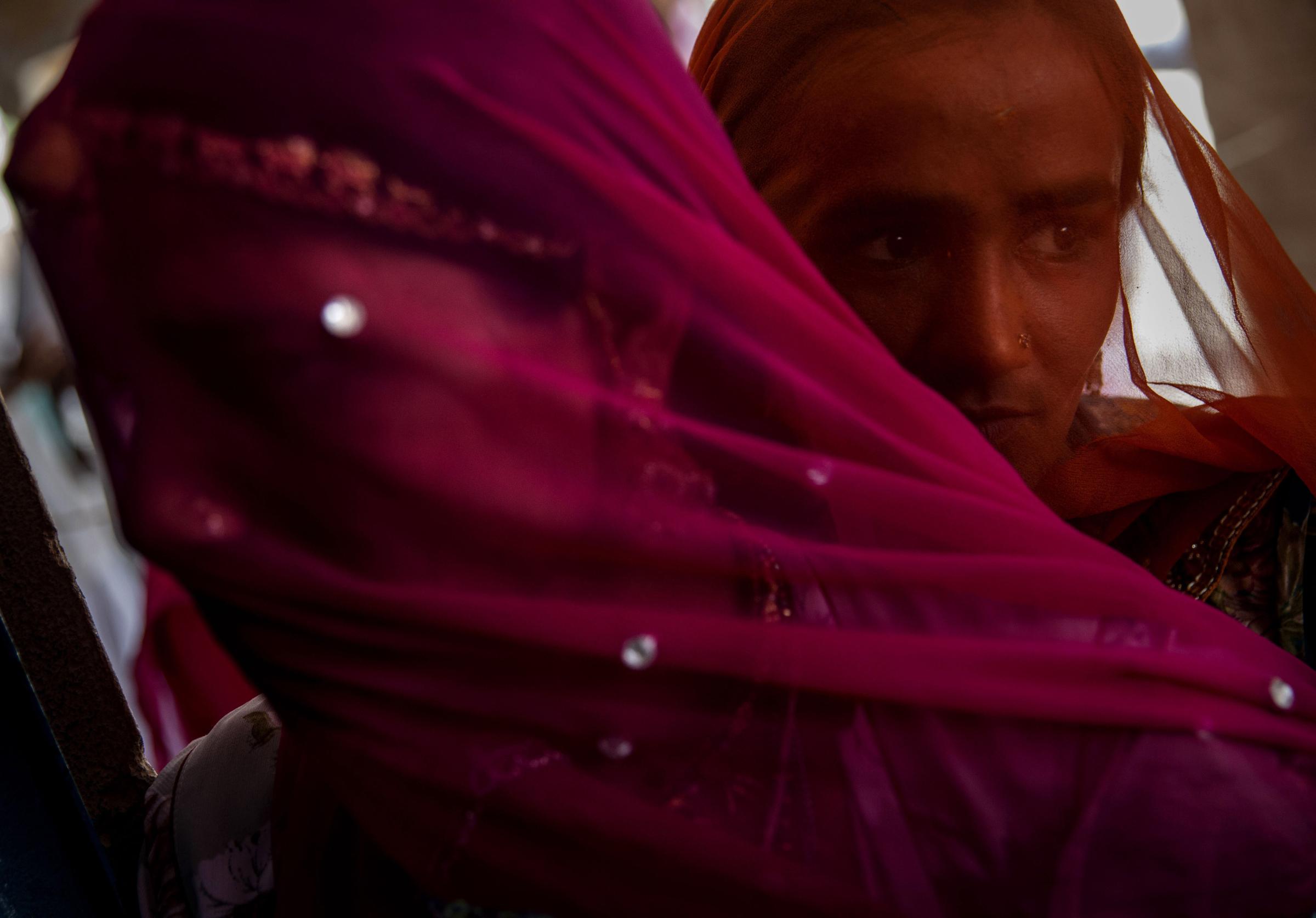
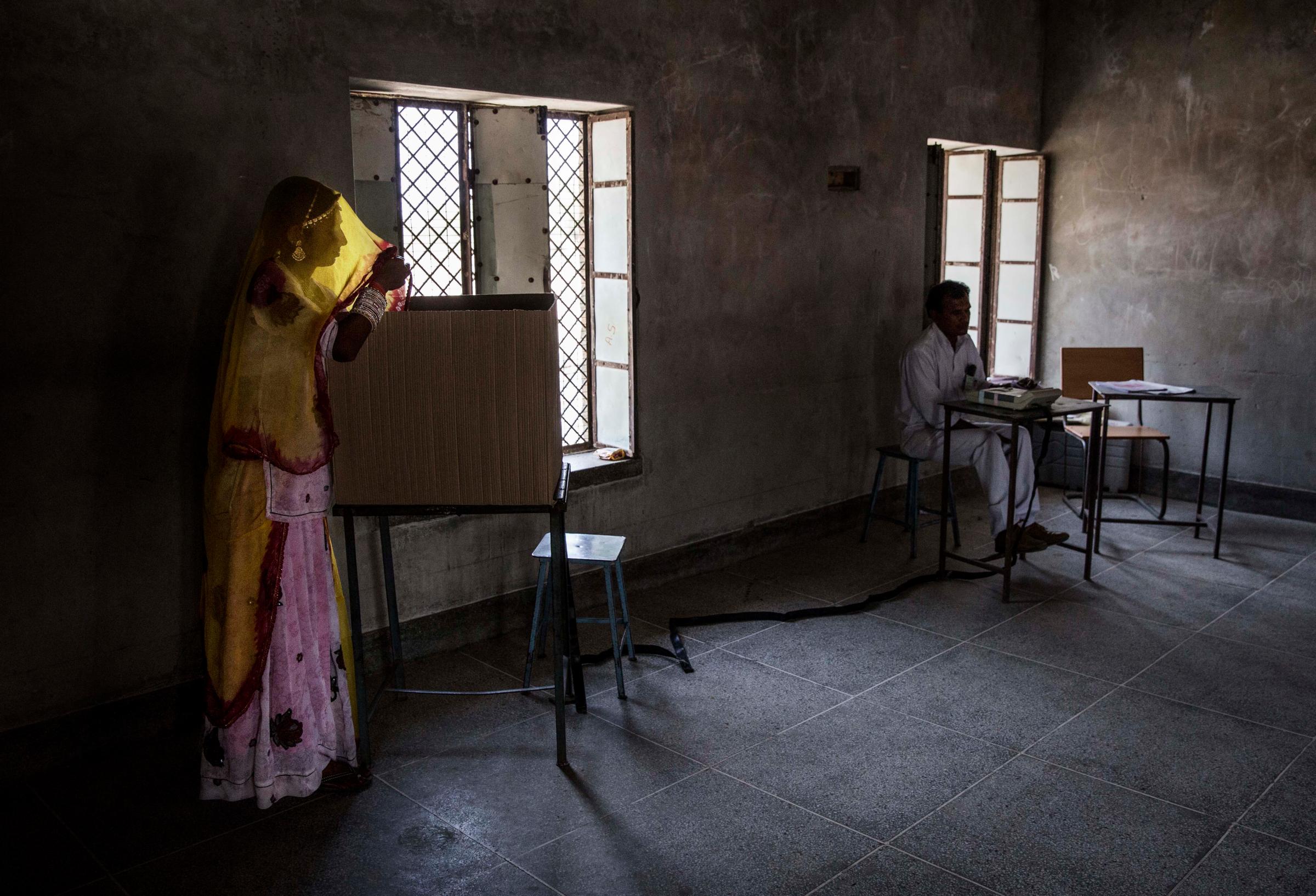
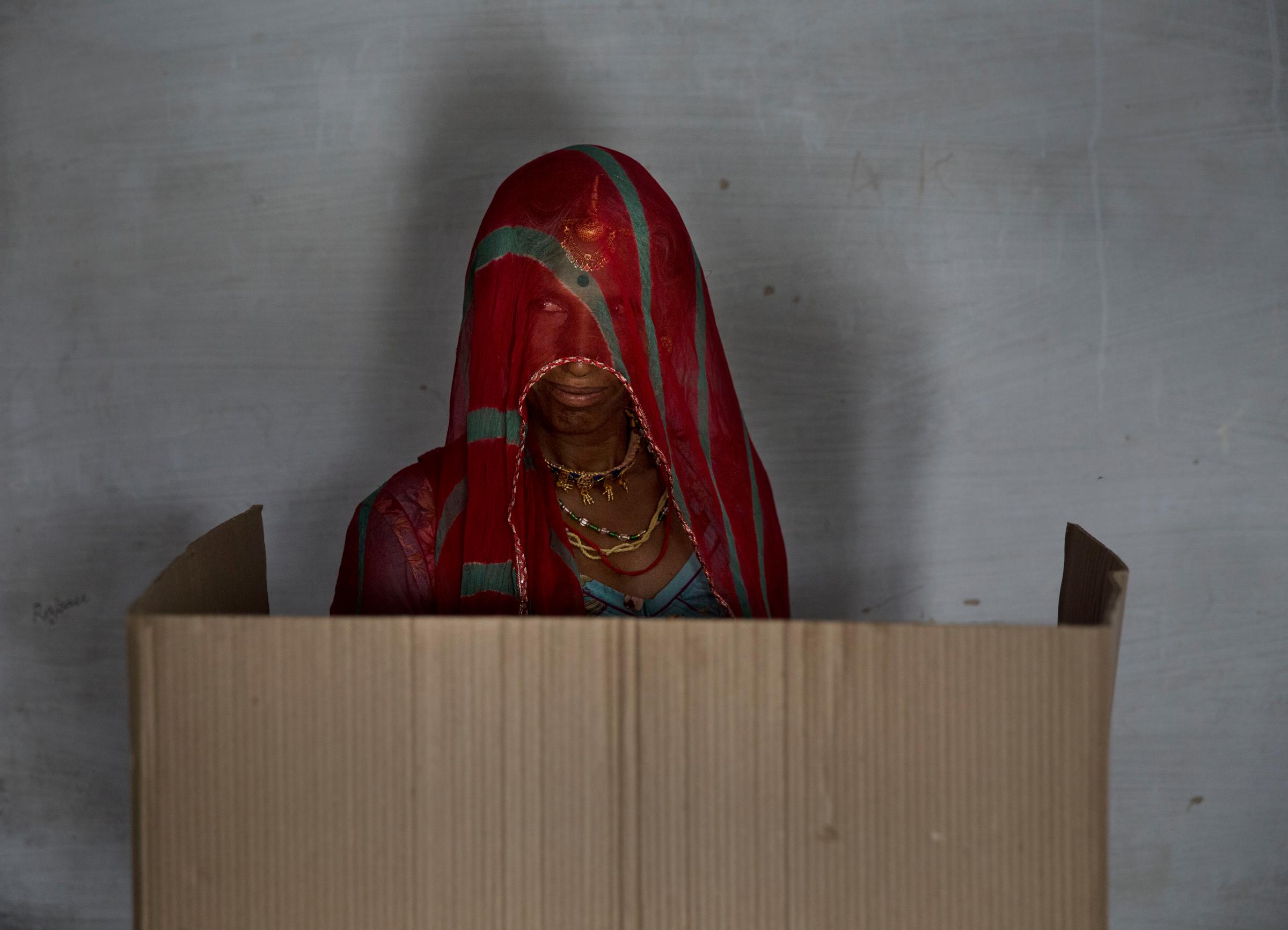
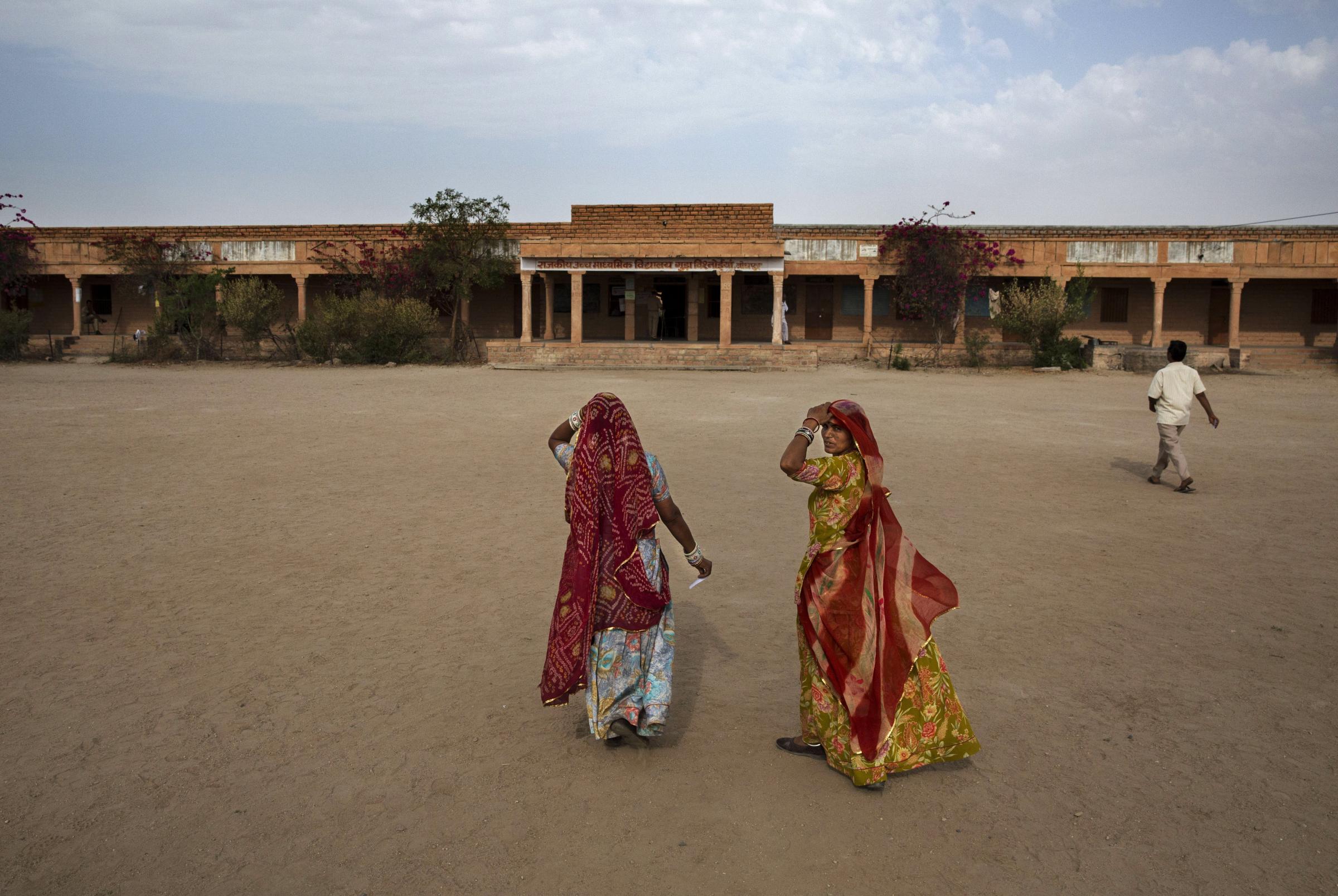
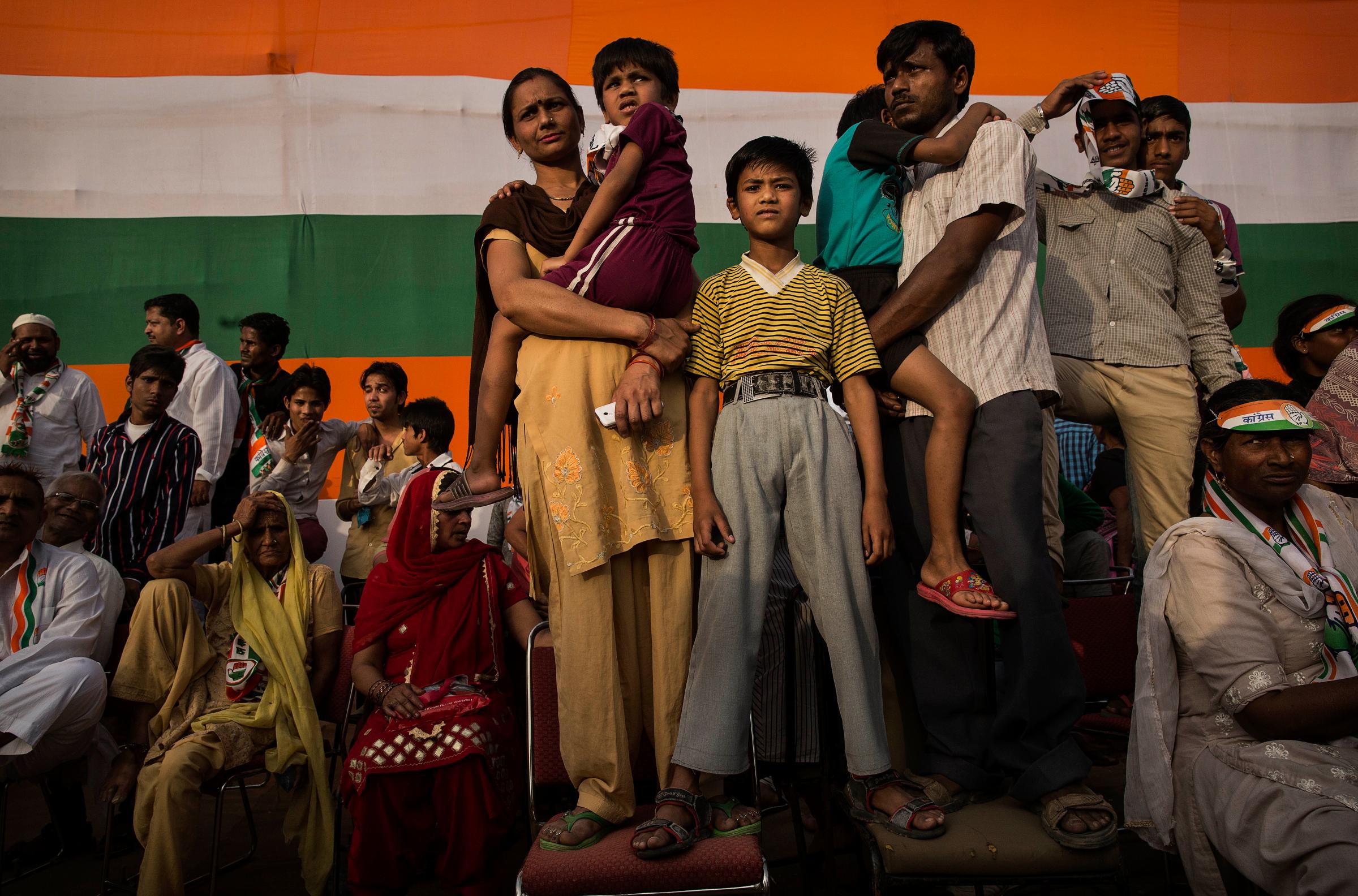
More Must-Reads from TIME
- Cybersecurity Experts Are Sounding the Alarm on DOGE
- Meet the 2025 Women of the Year
- The Harsh Truth About Disability Inclusion
- Why Do More Young Adults Have Cancer?
- Colman Domingo Leads With Radical Love
- How to Get Better at Doing Things Alone
- Michelle Zauner Stares Down the Darkness
Contact us at letters@time.com